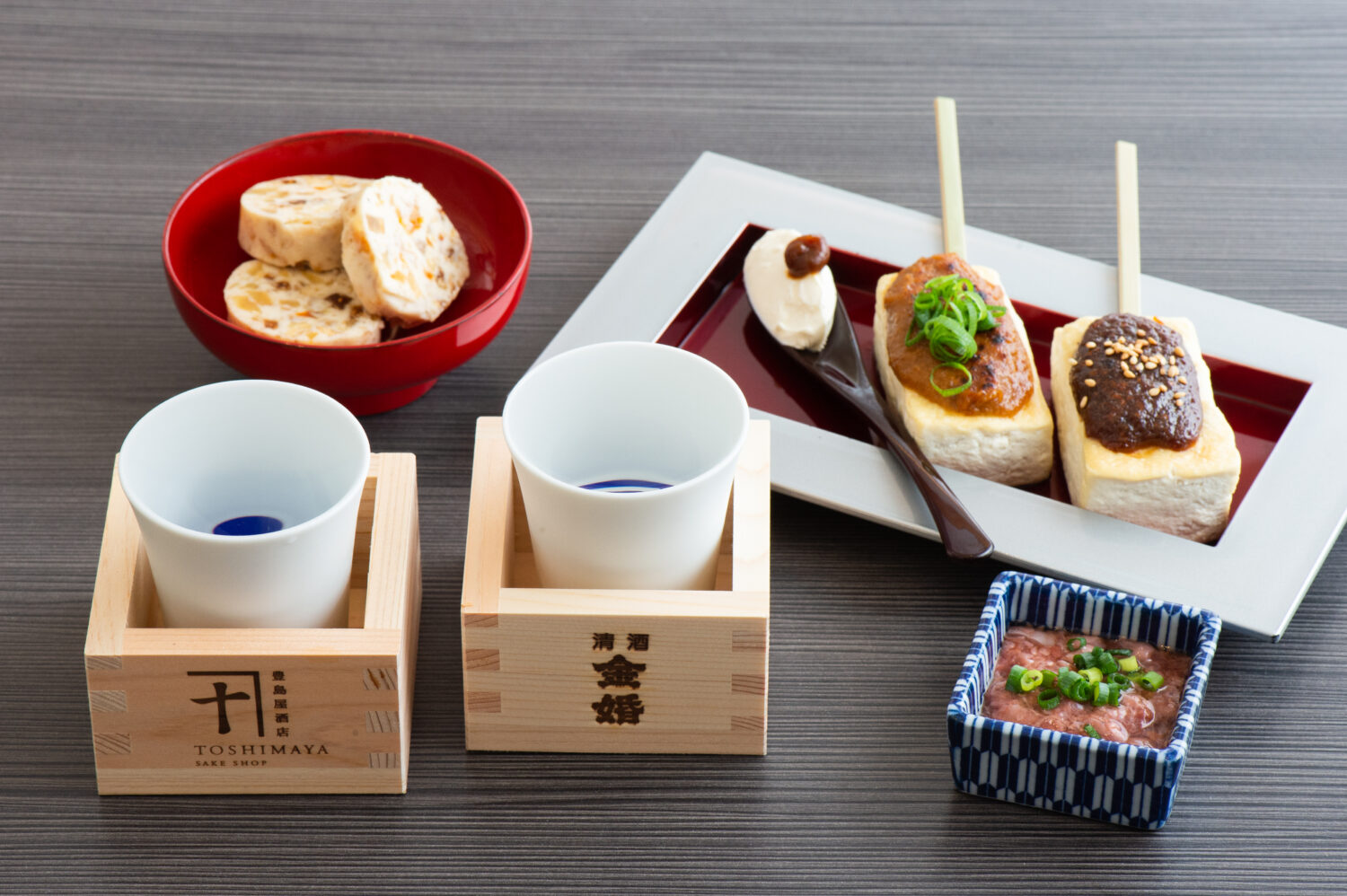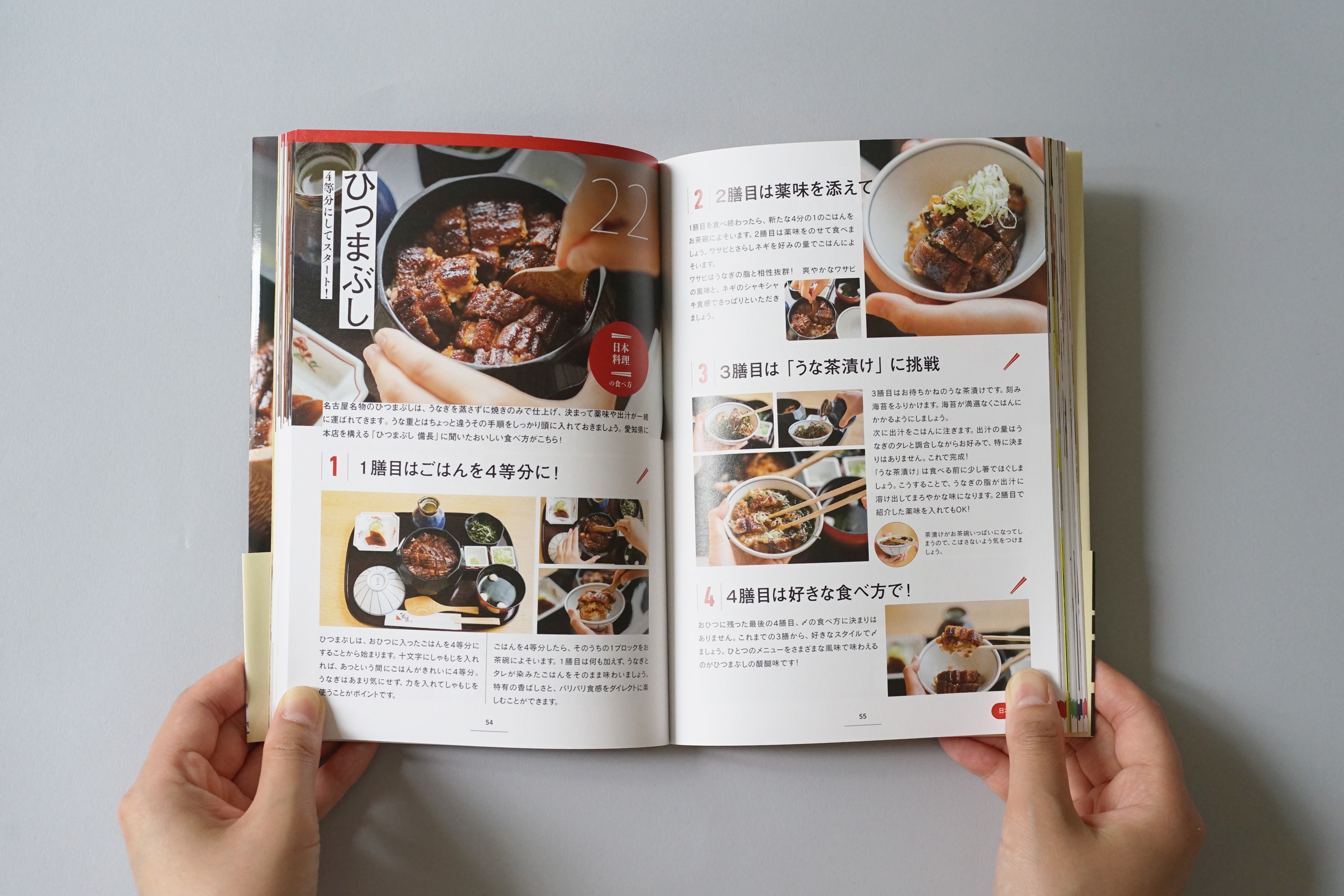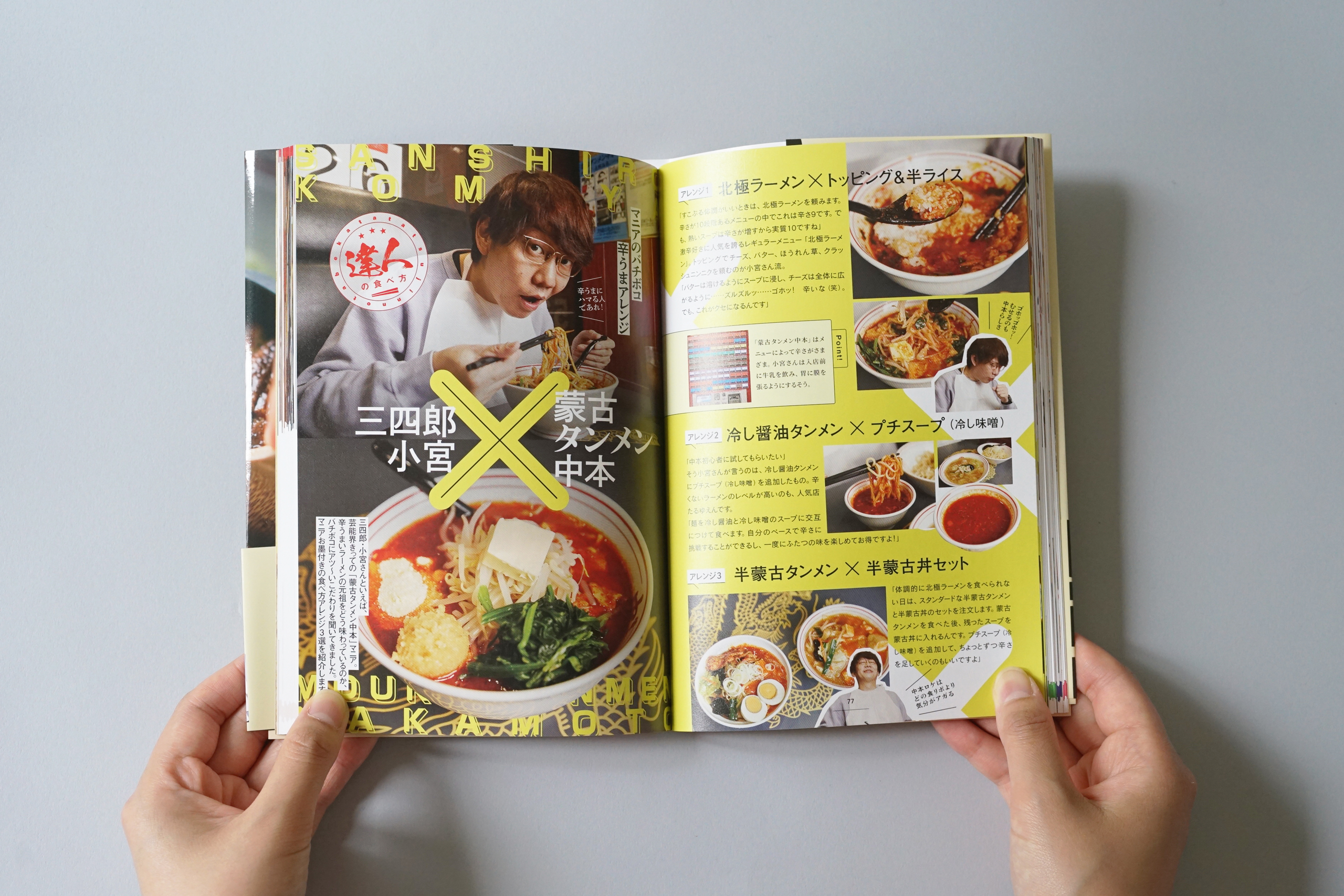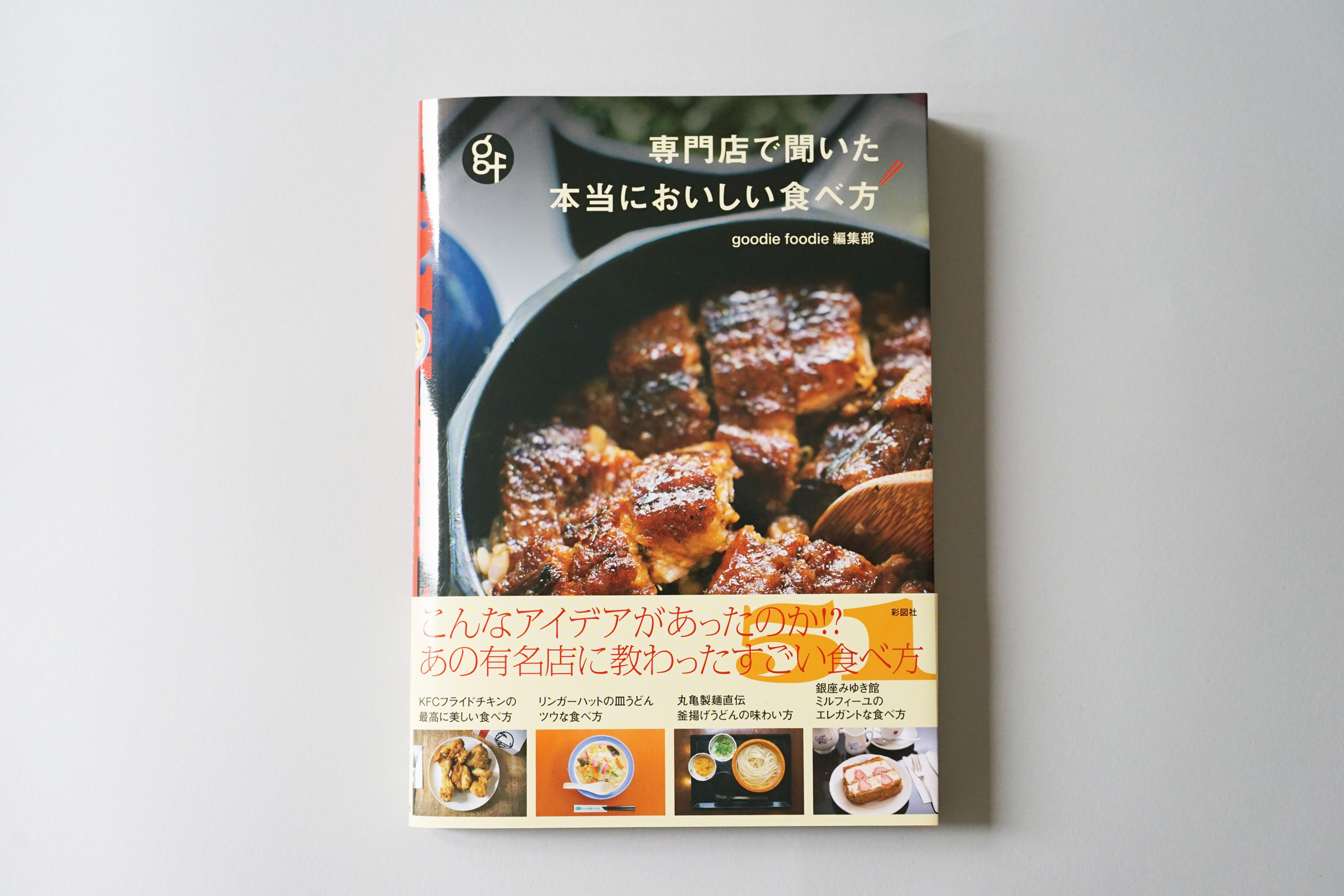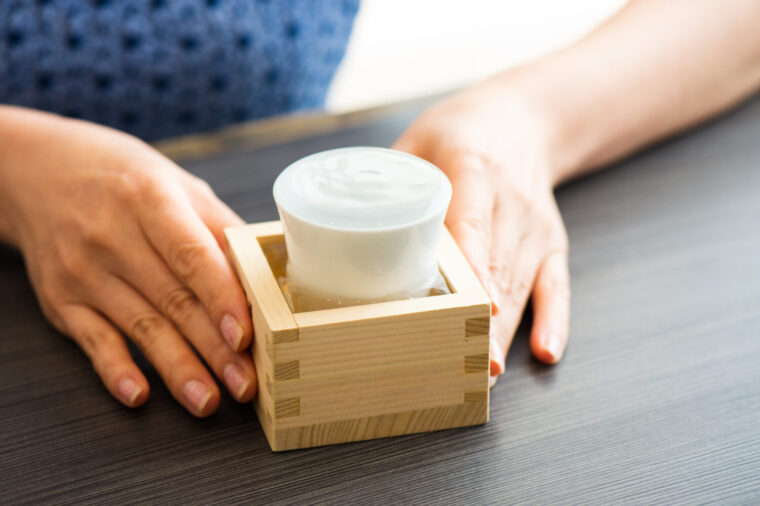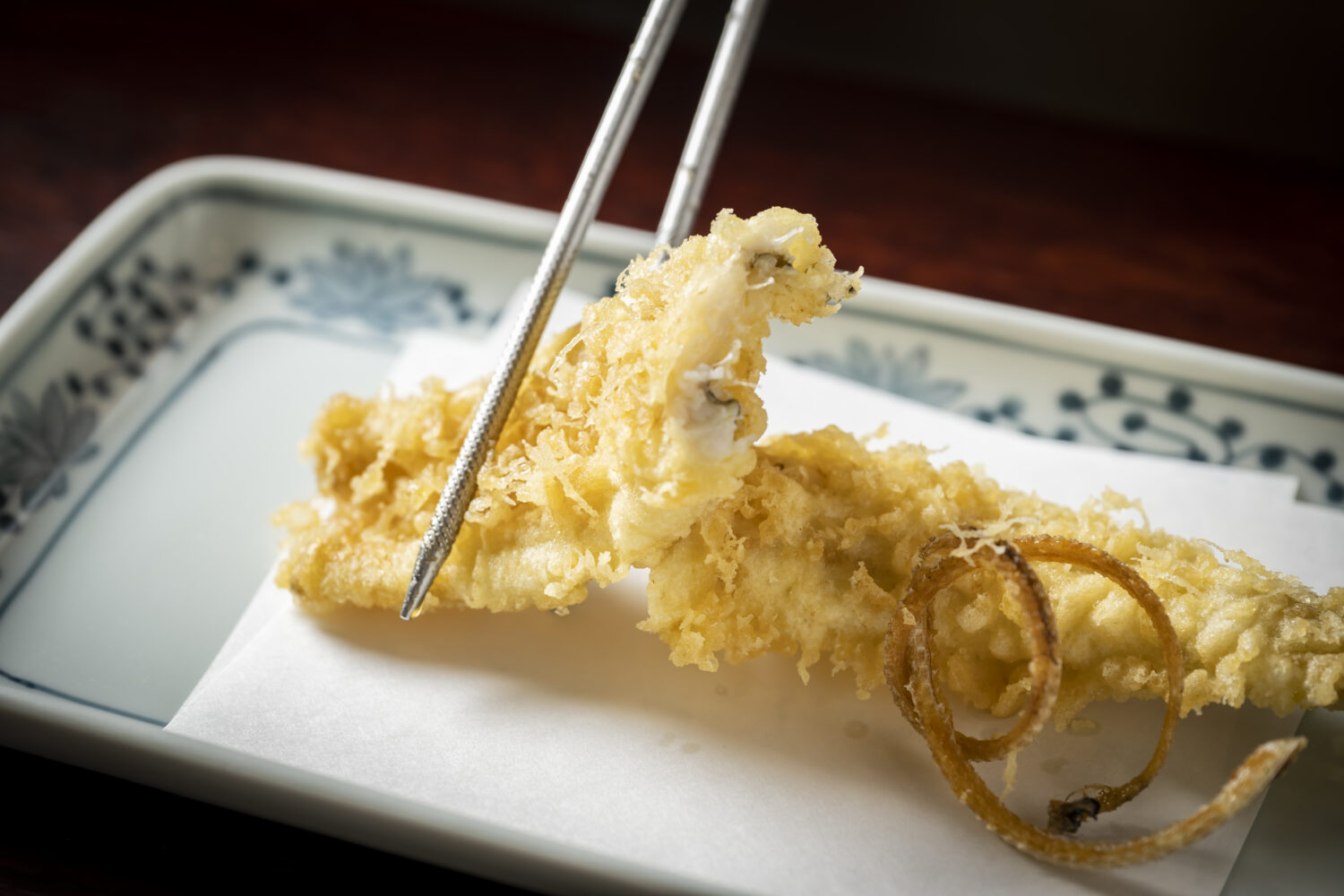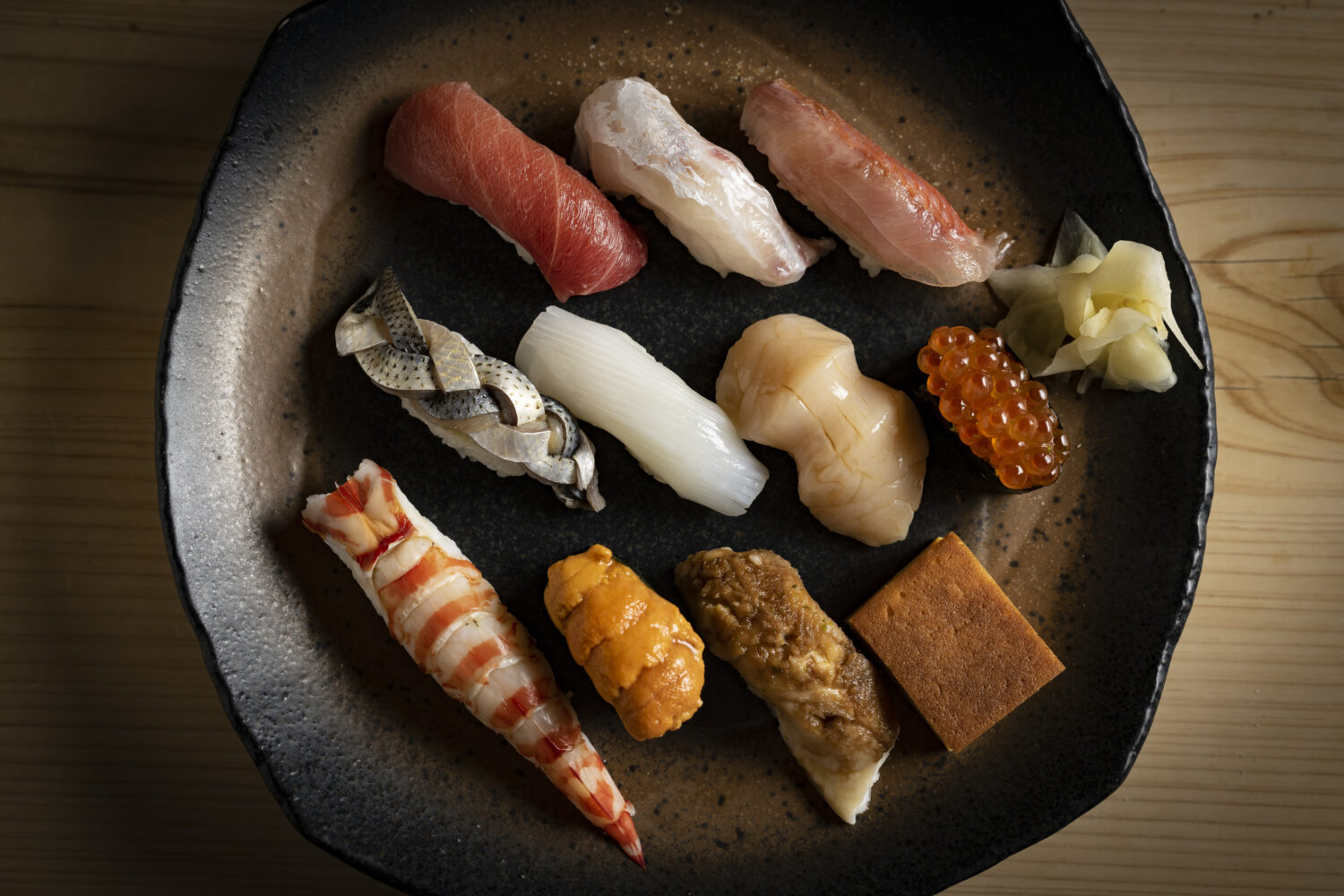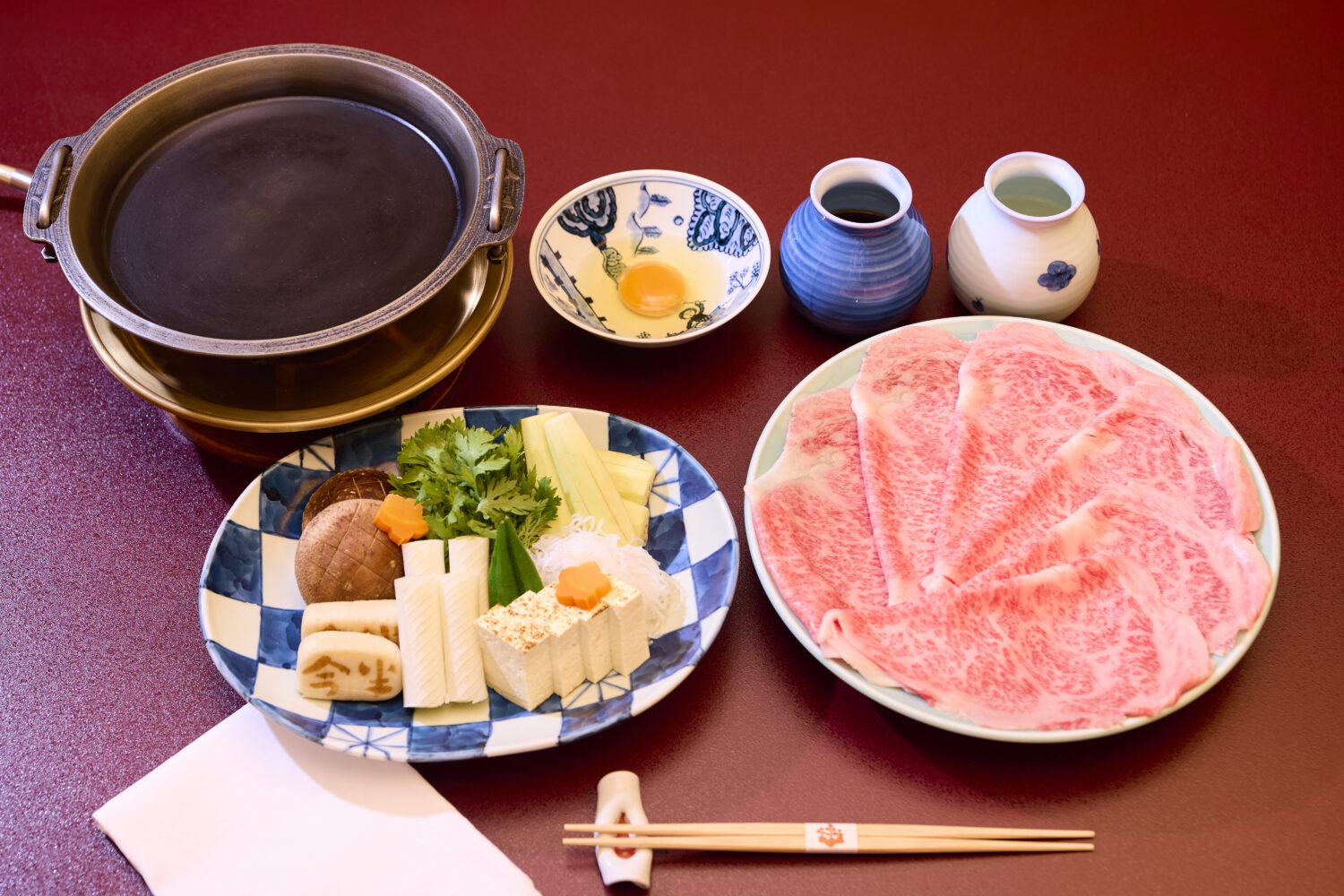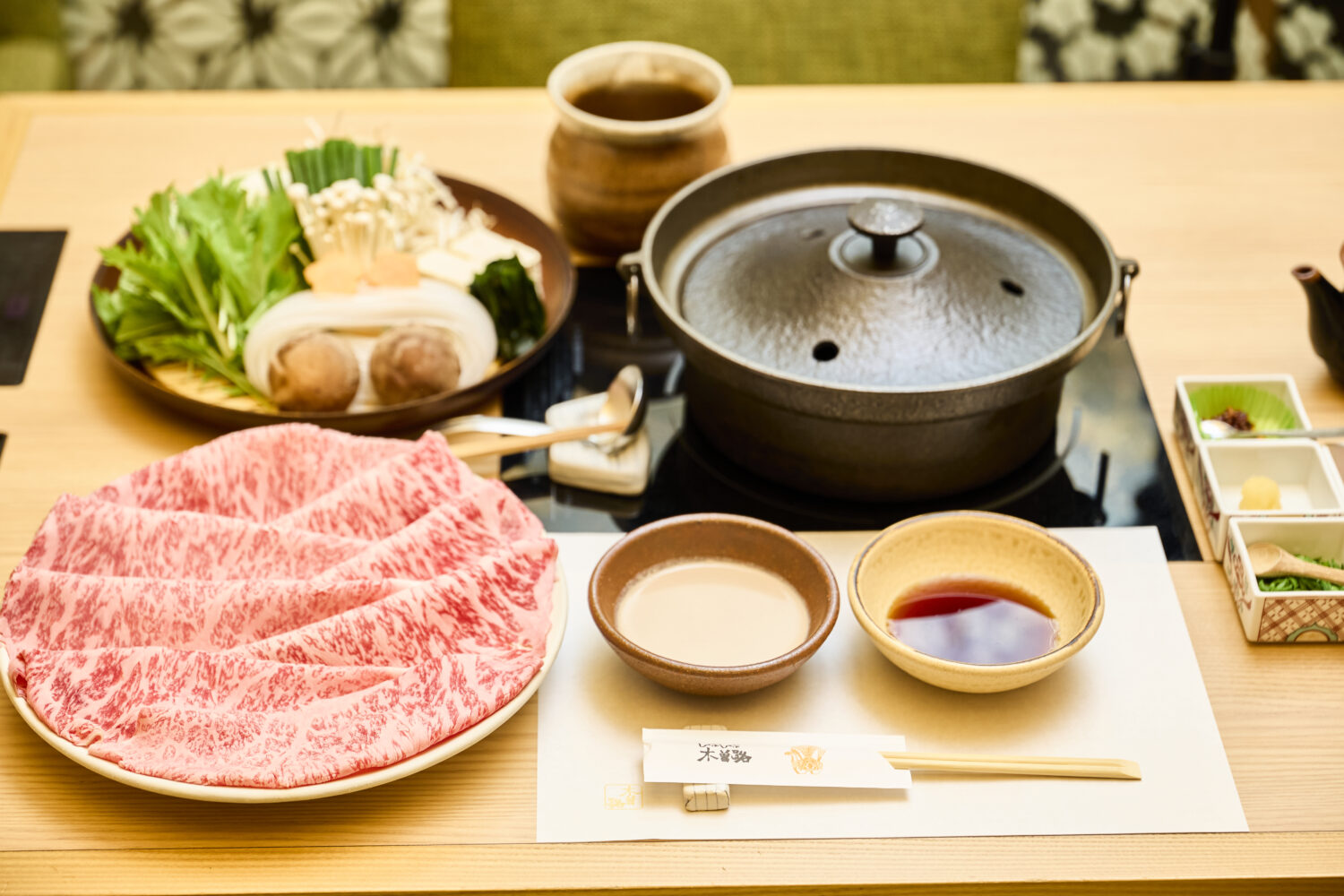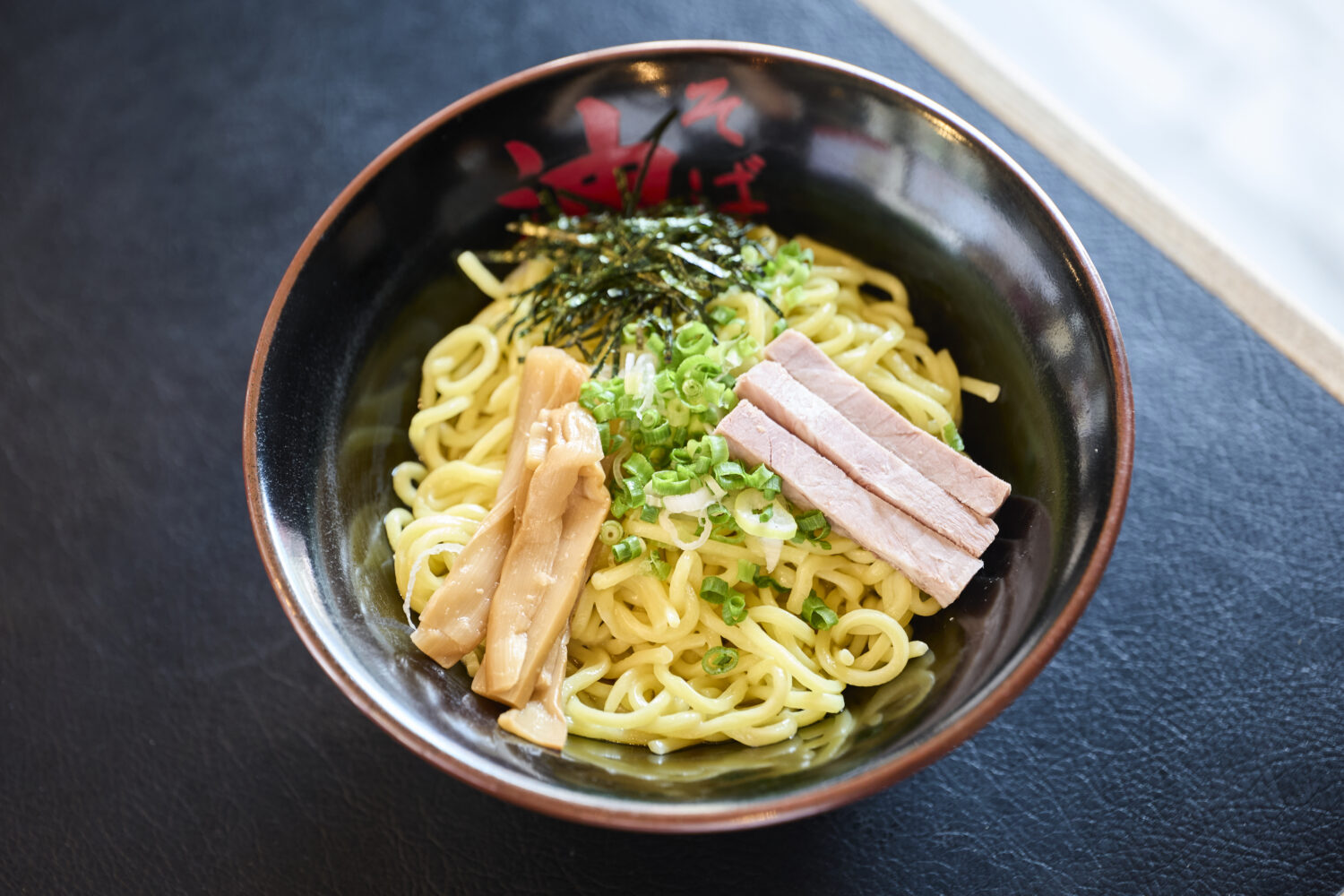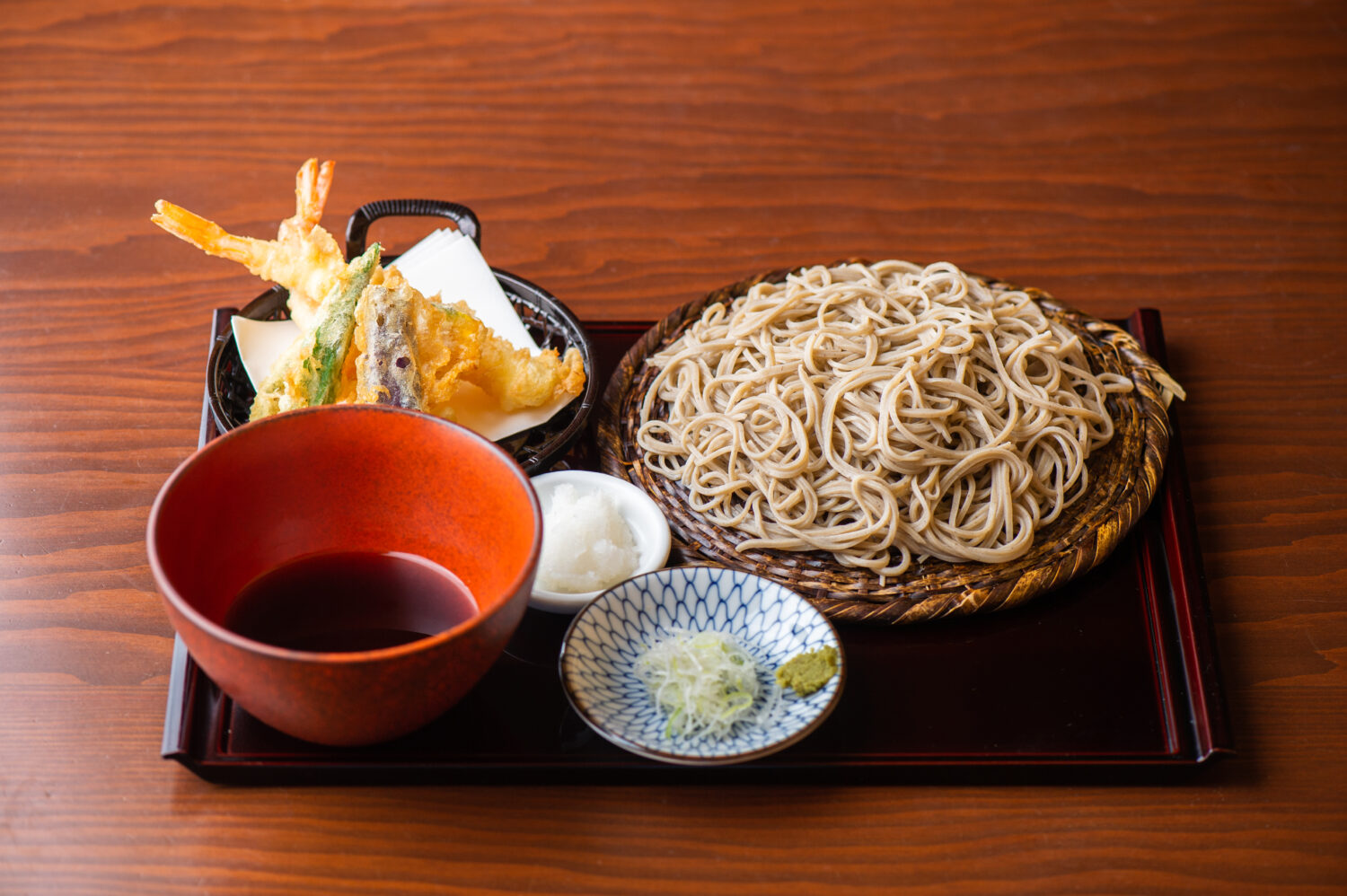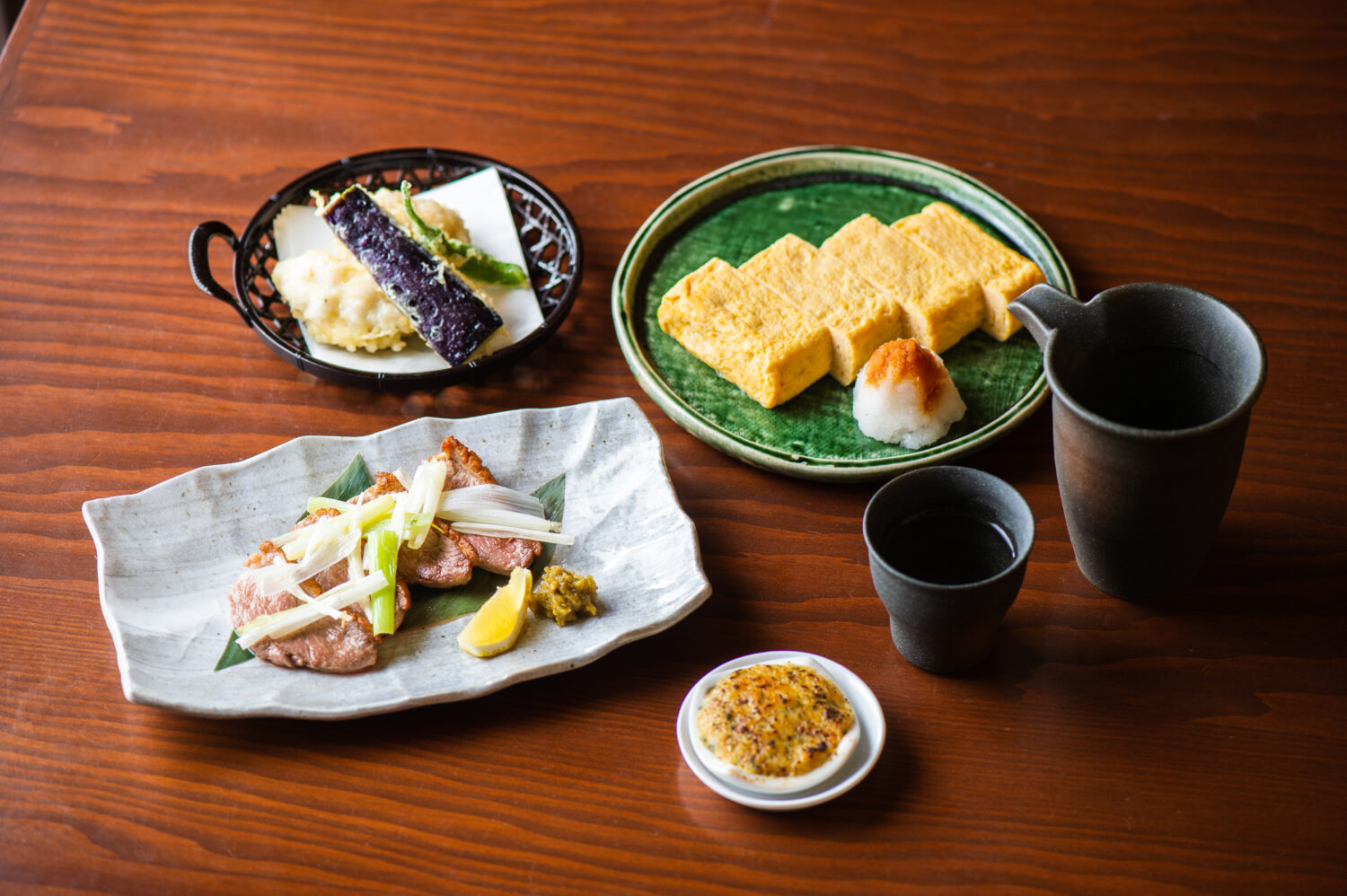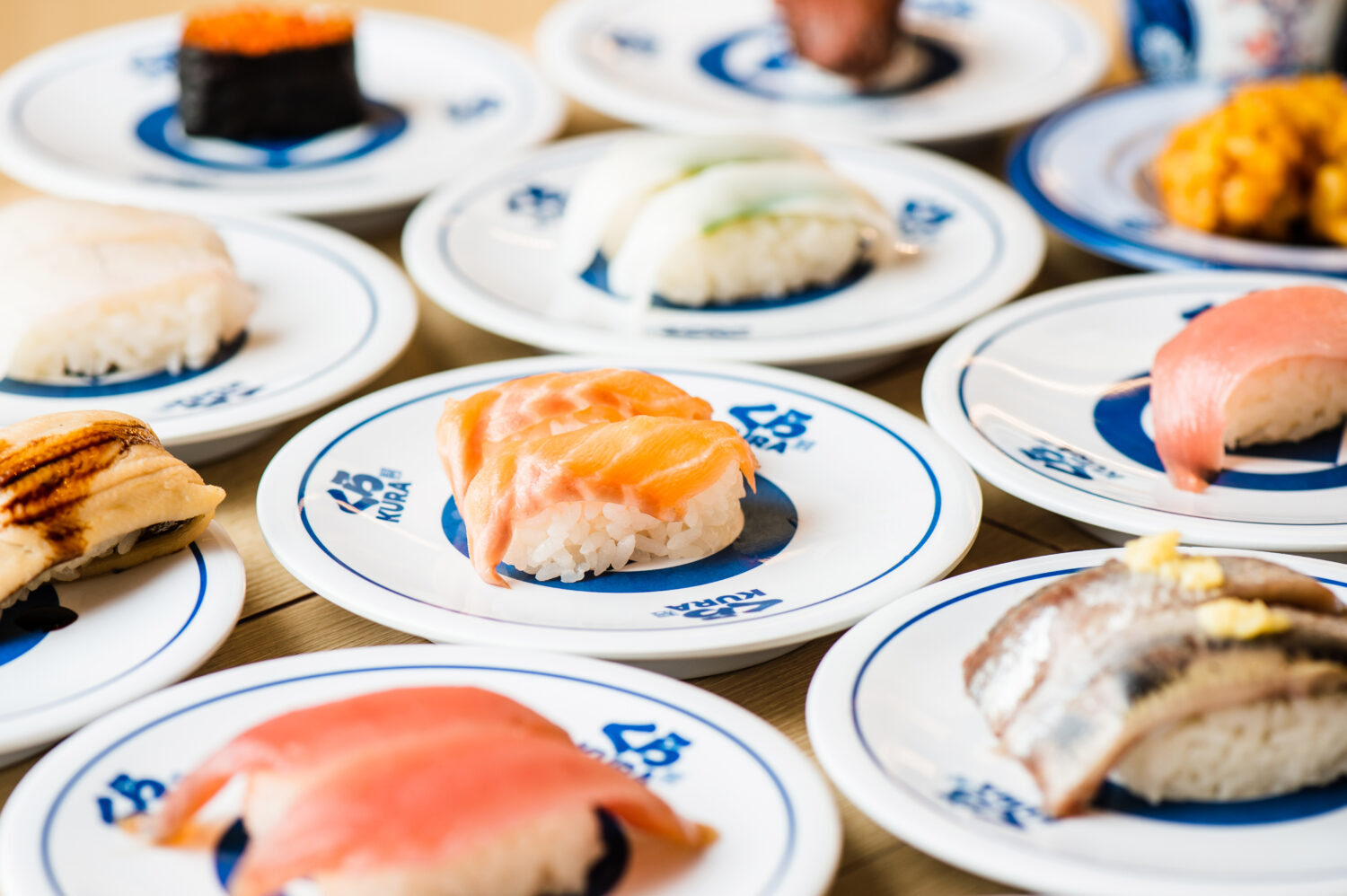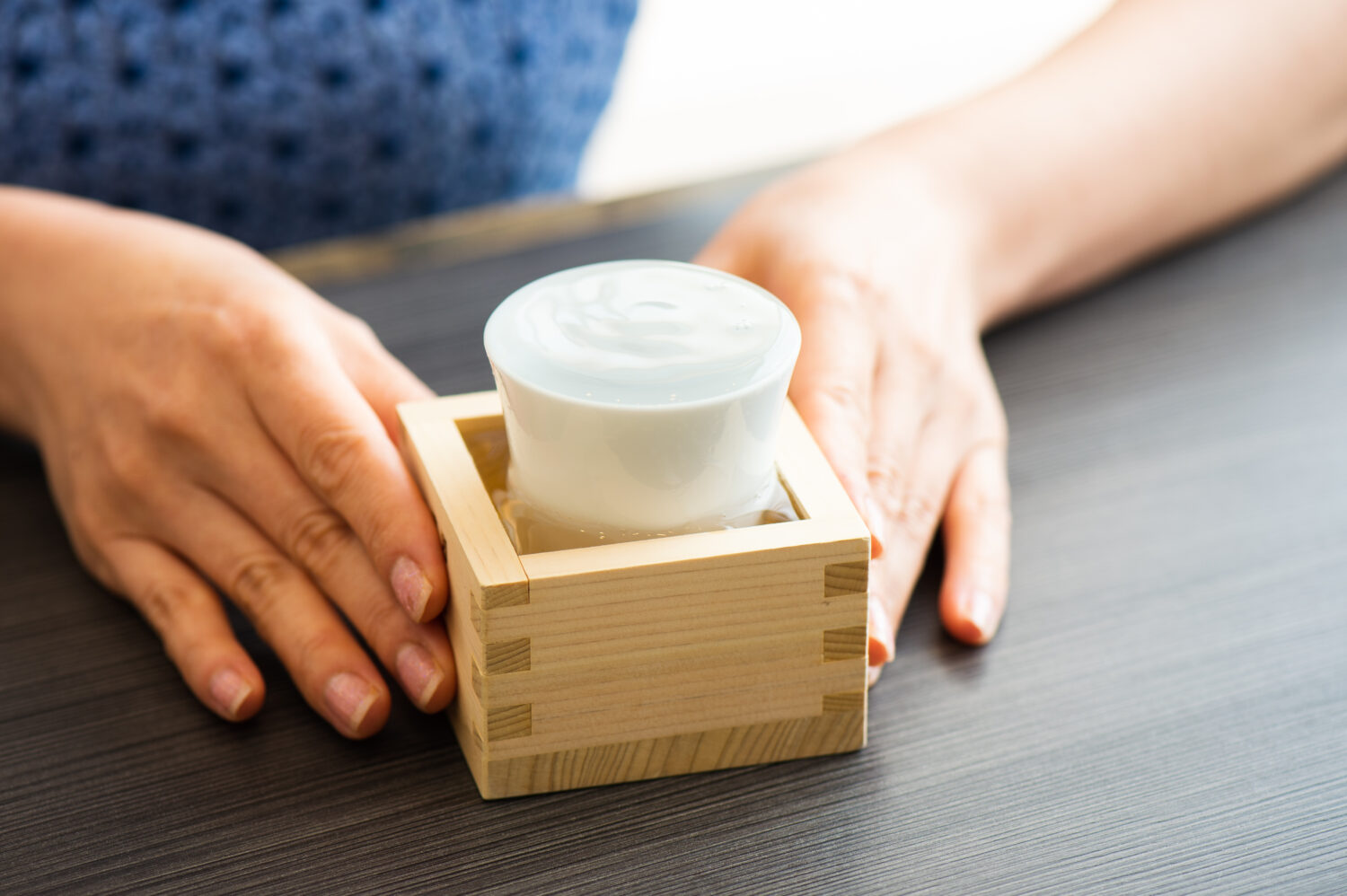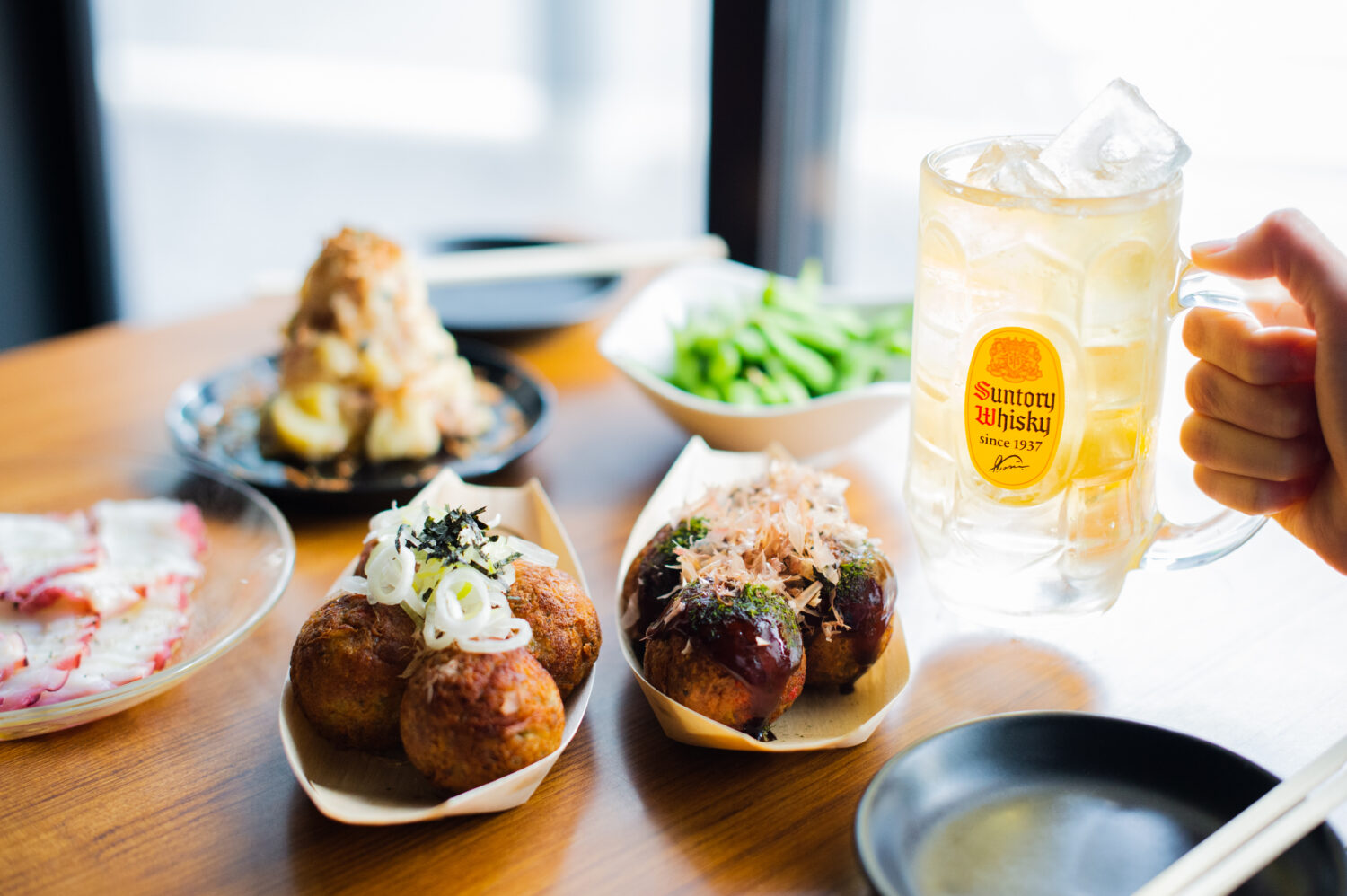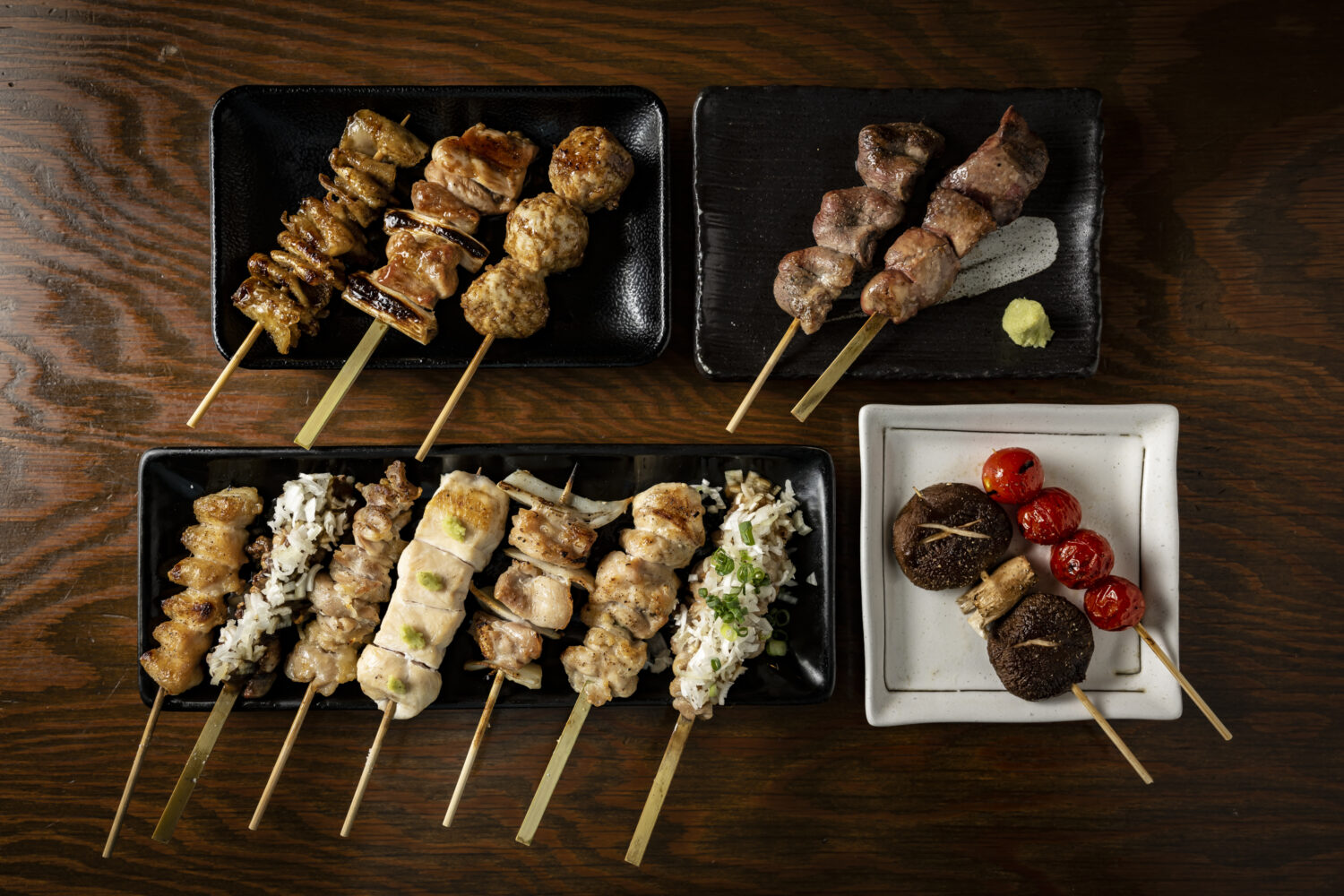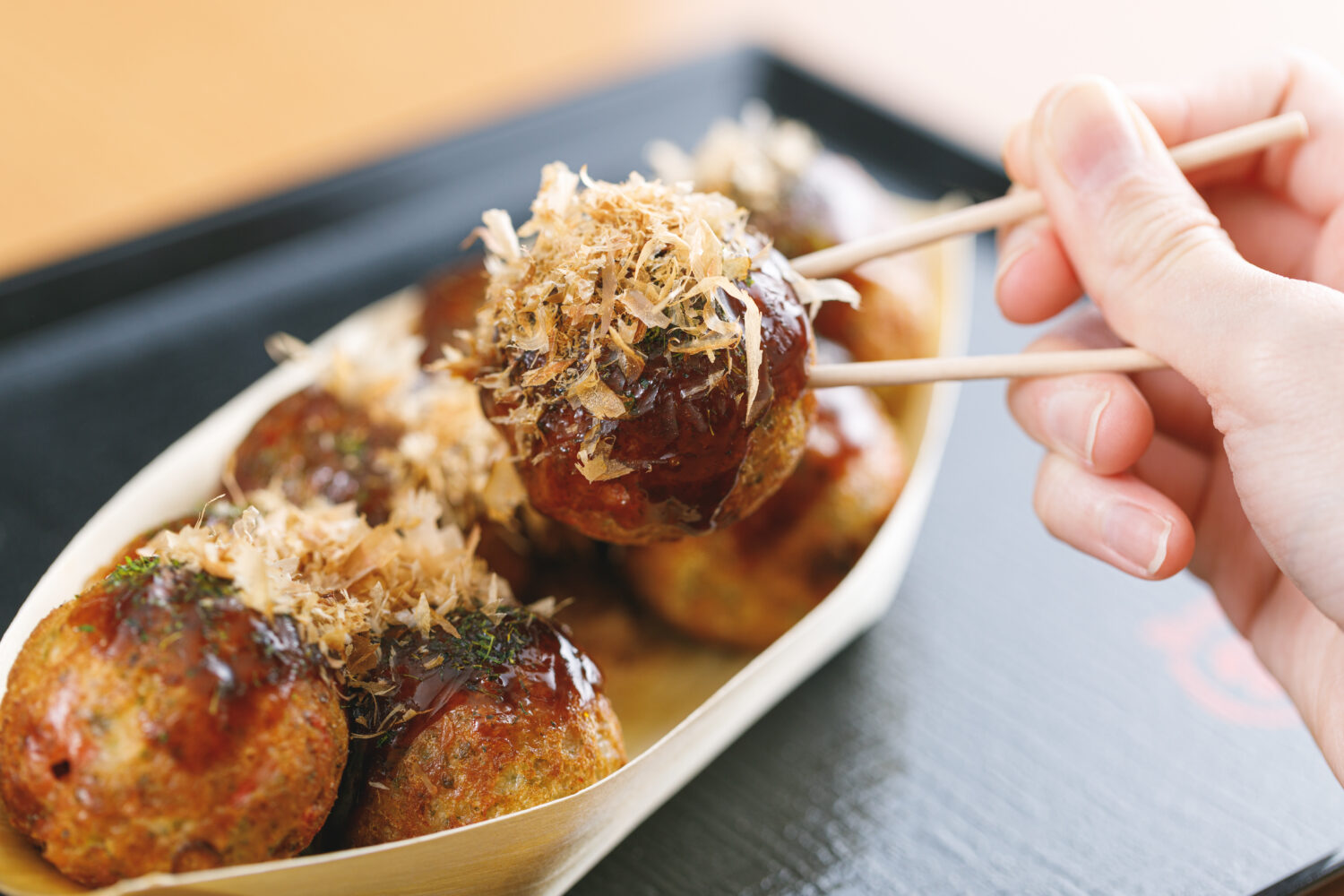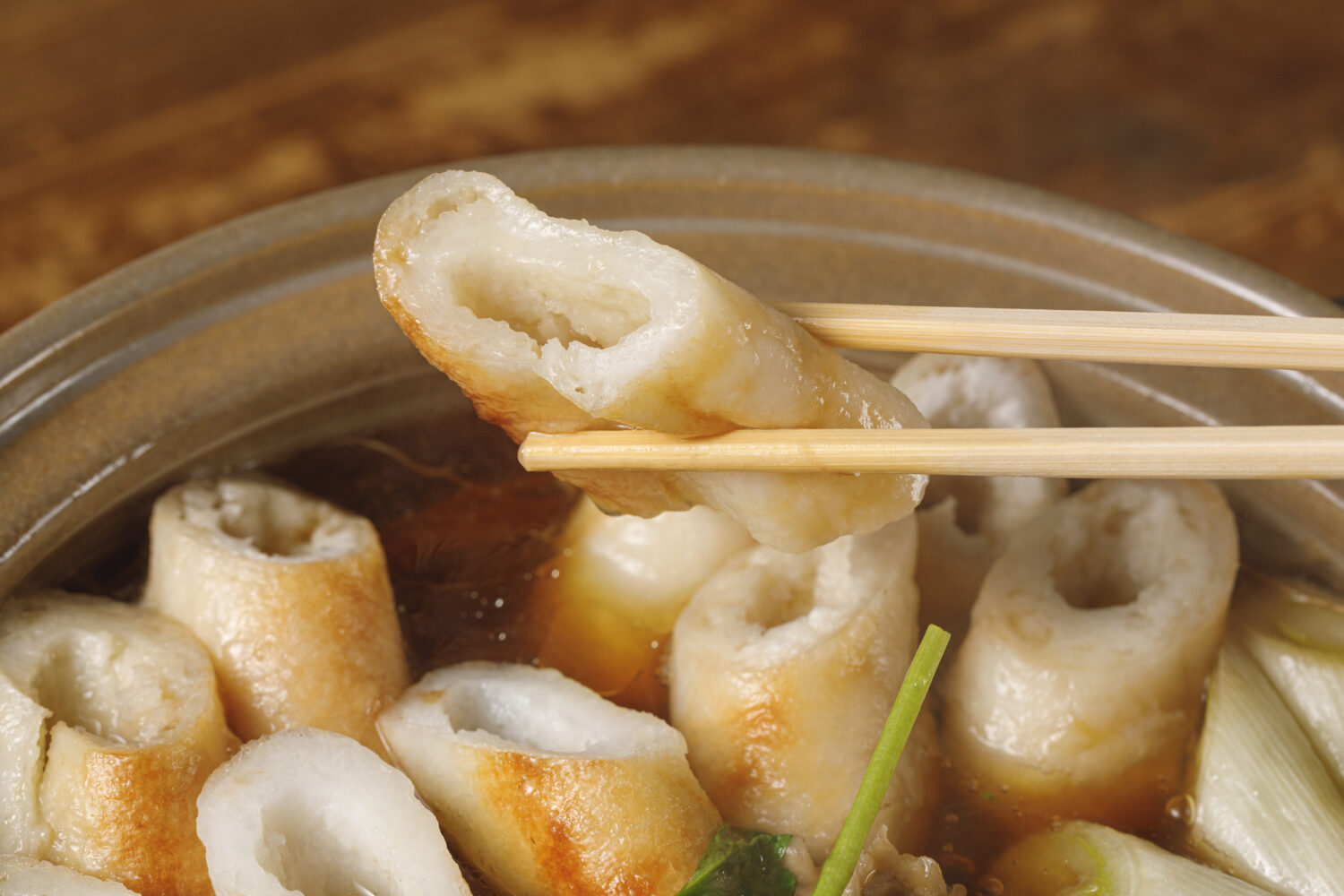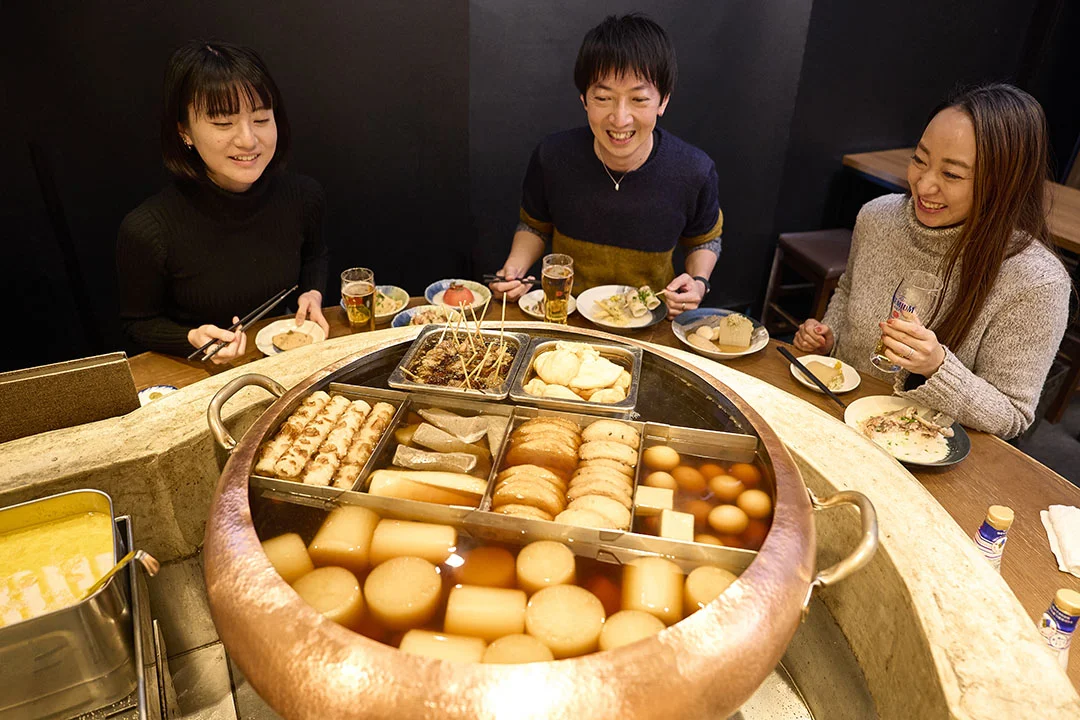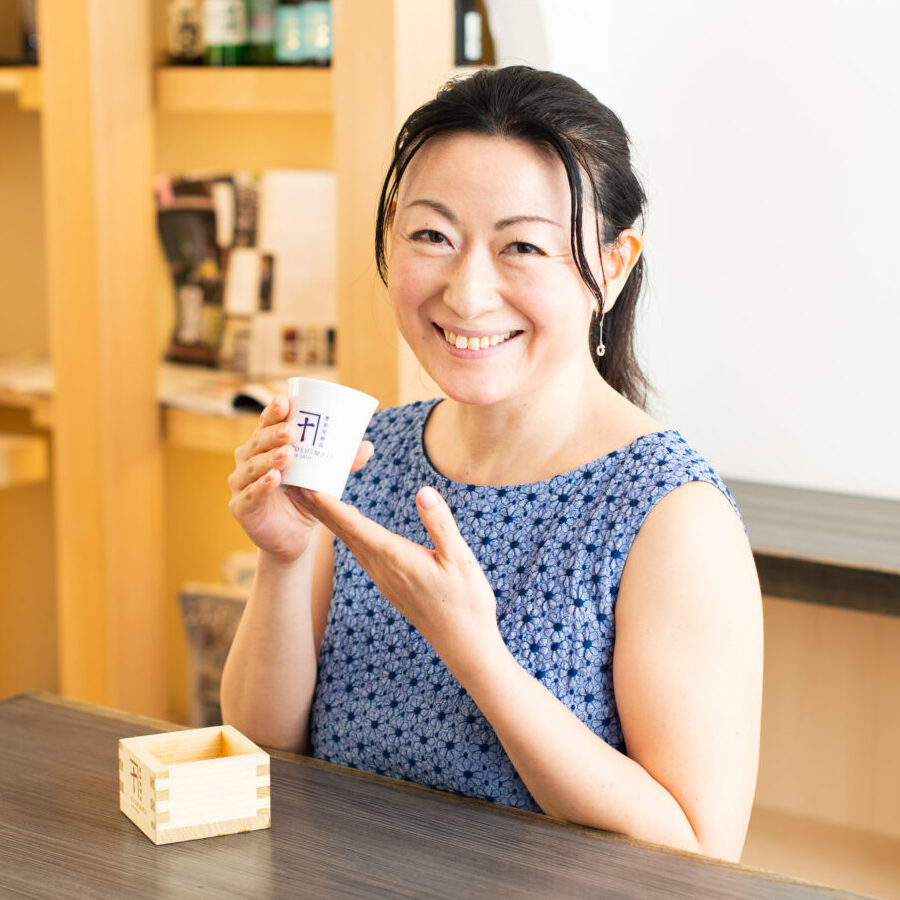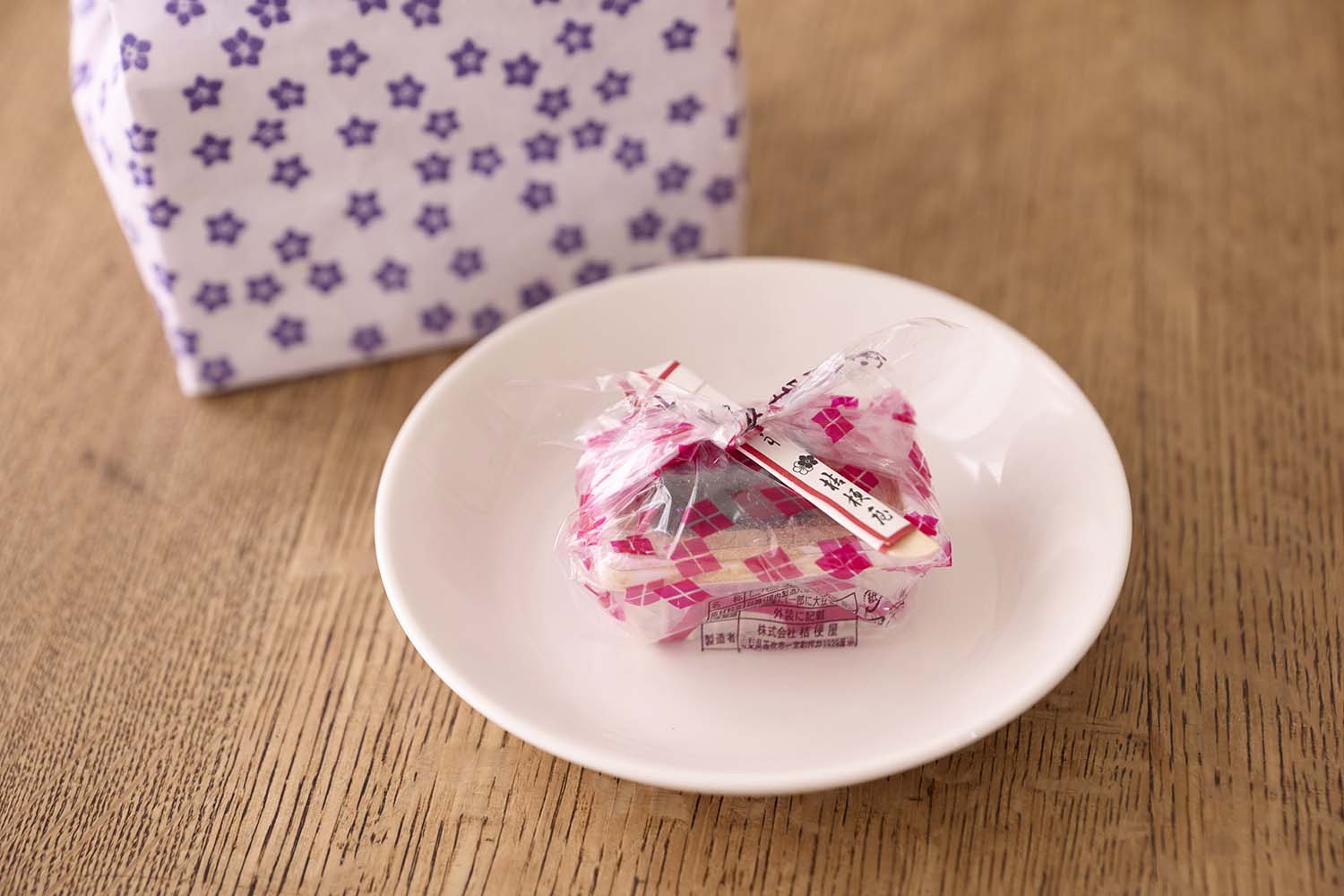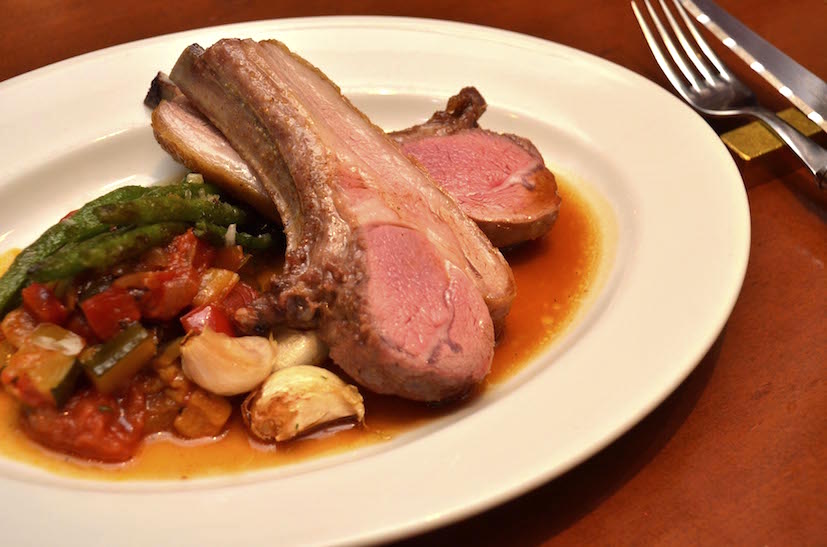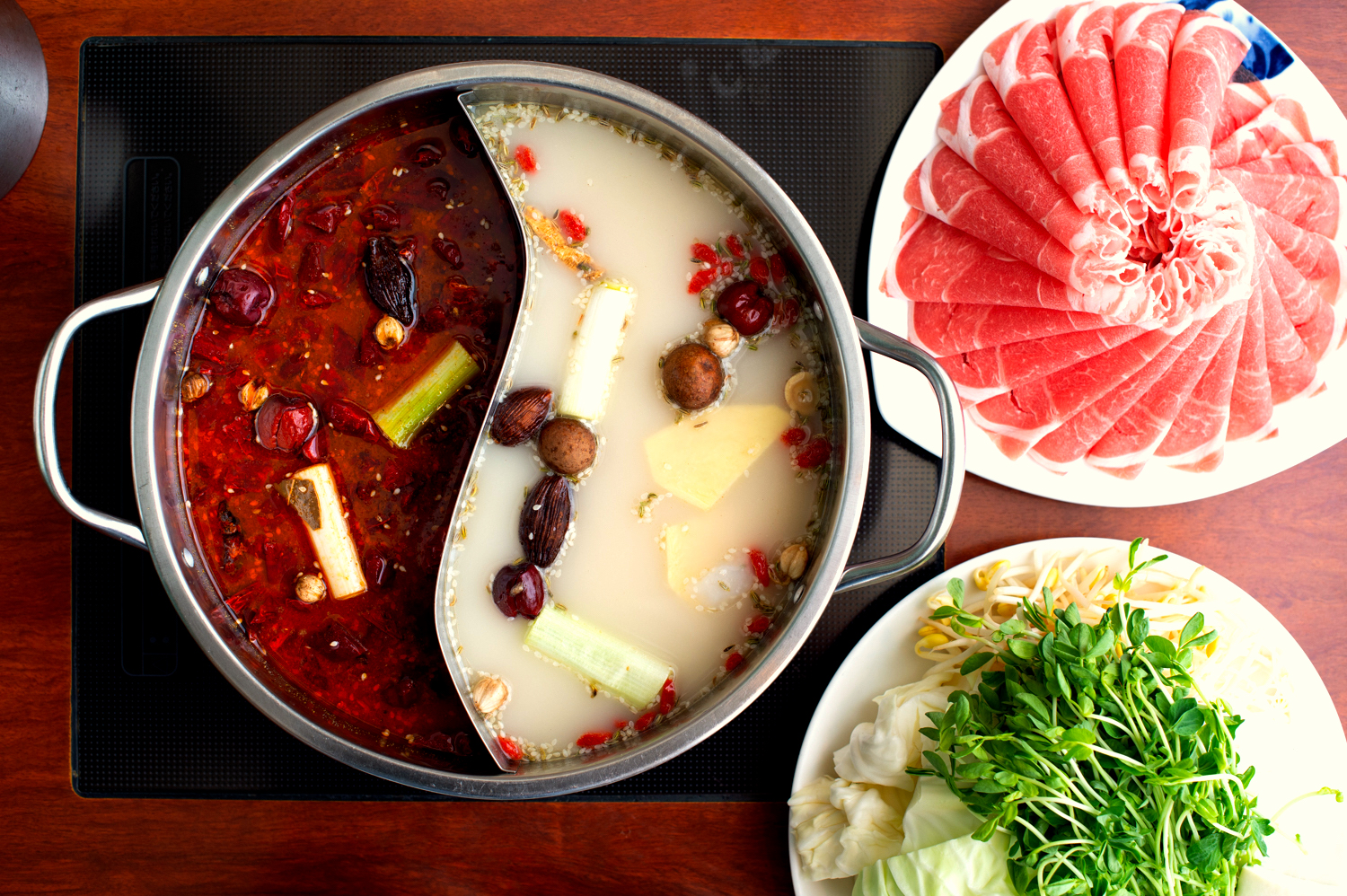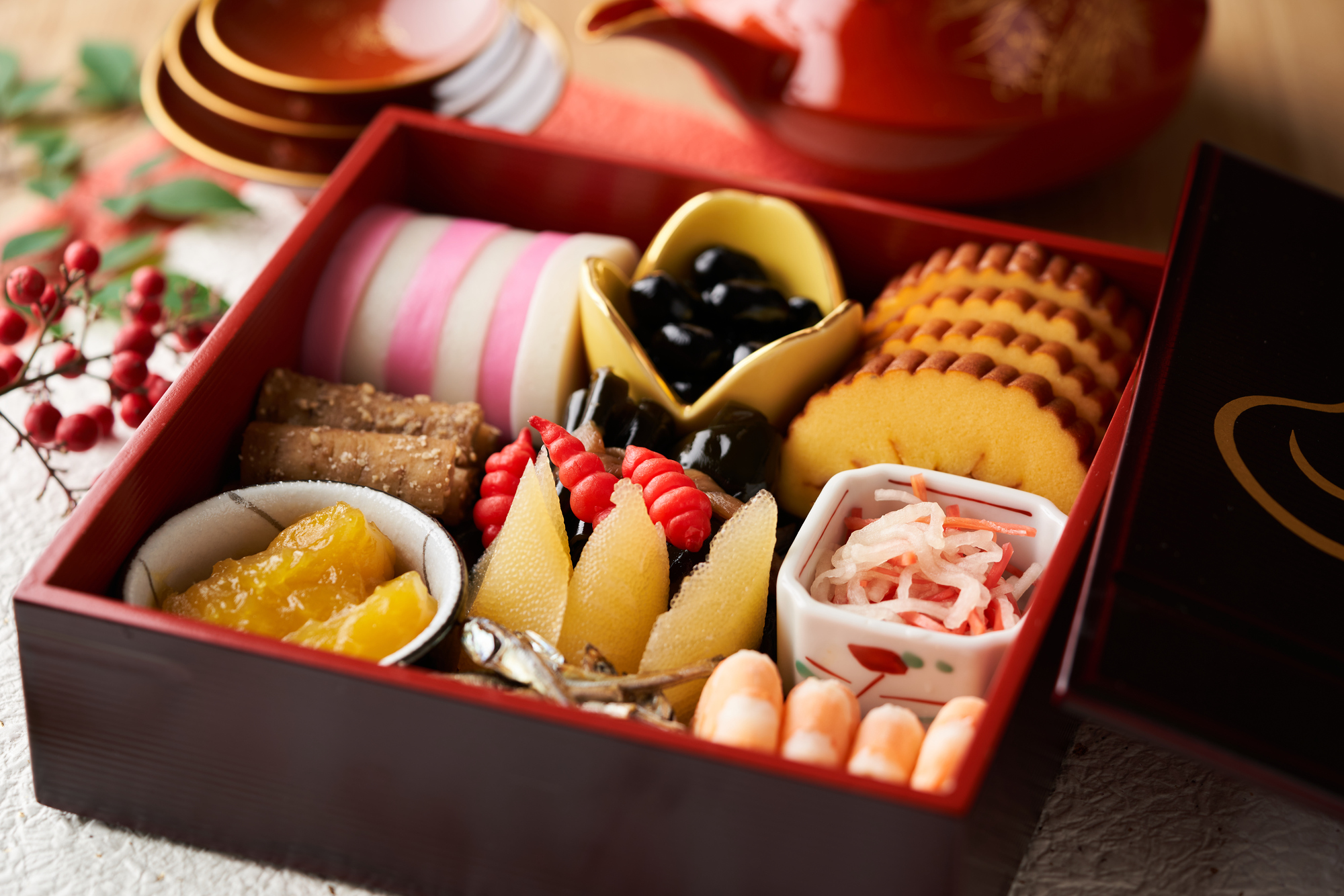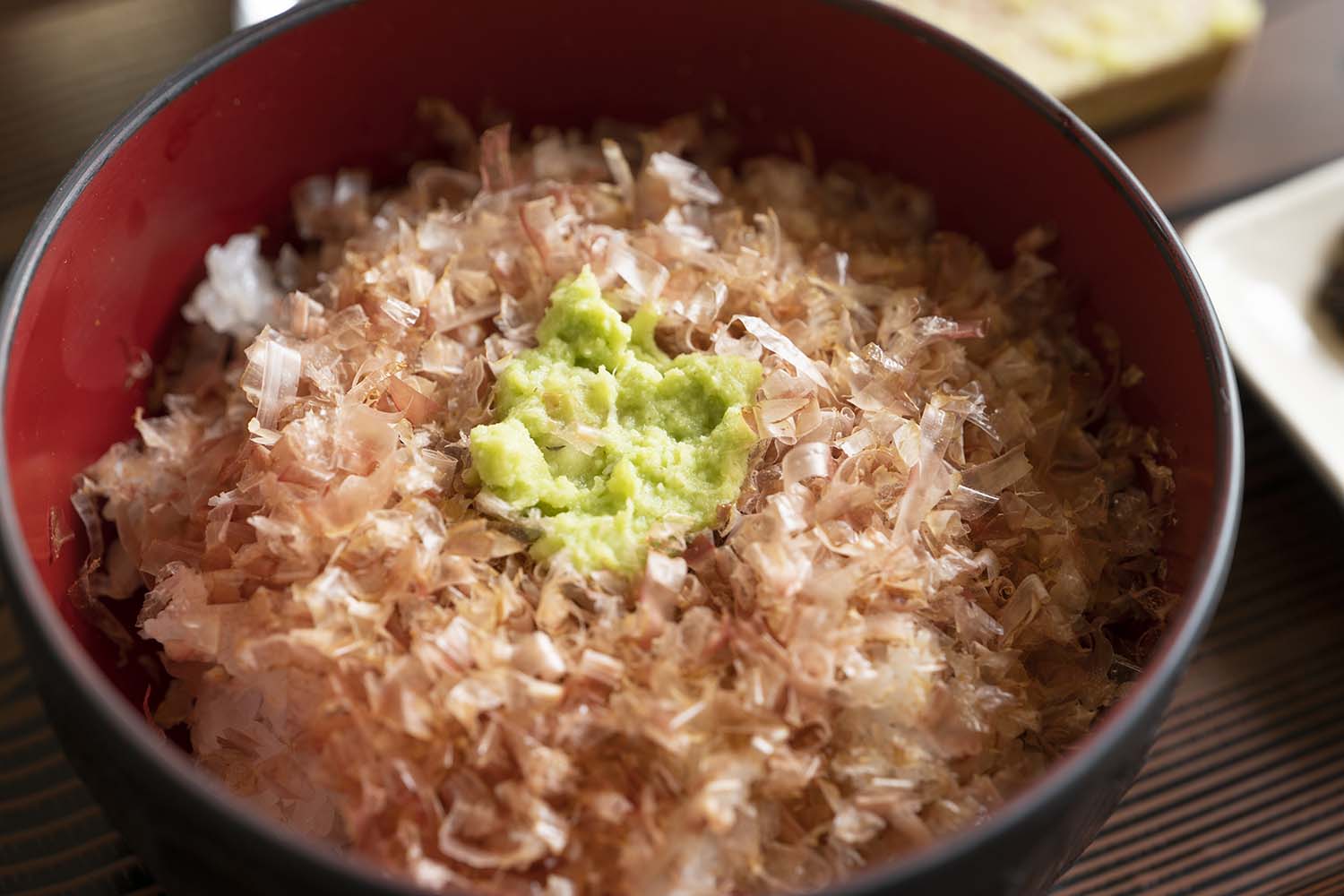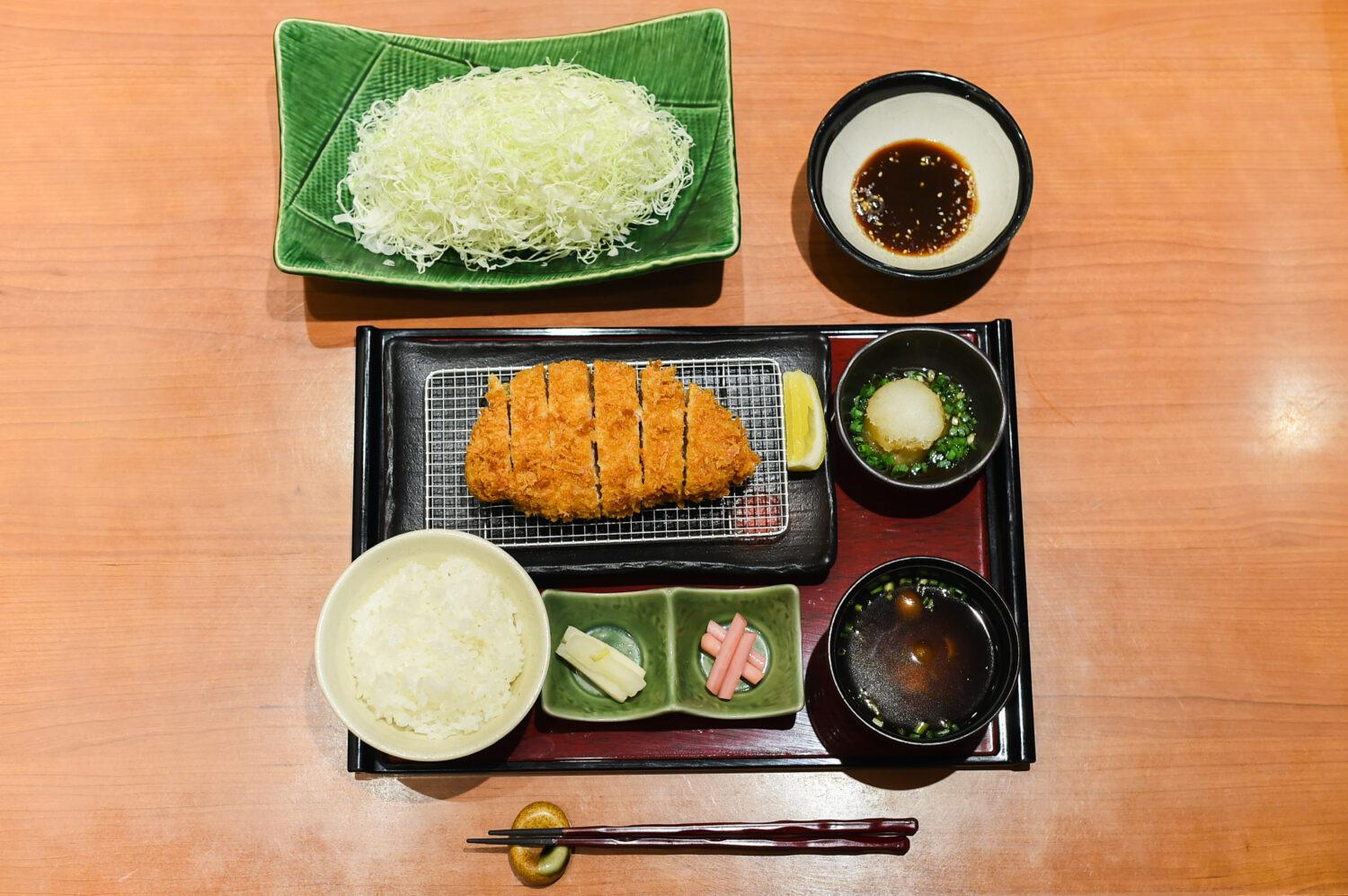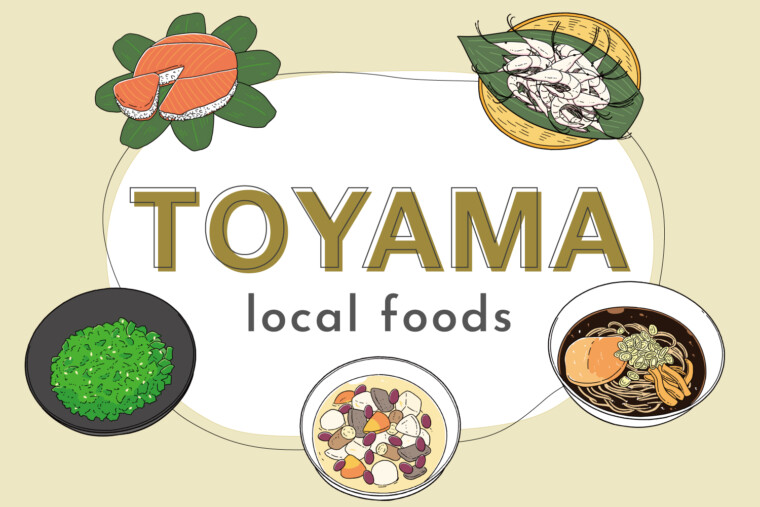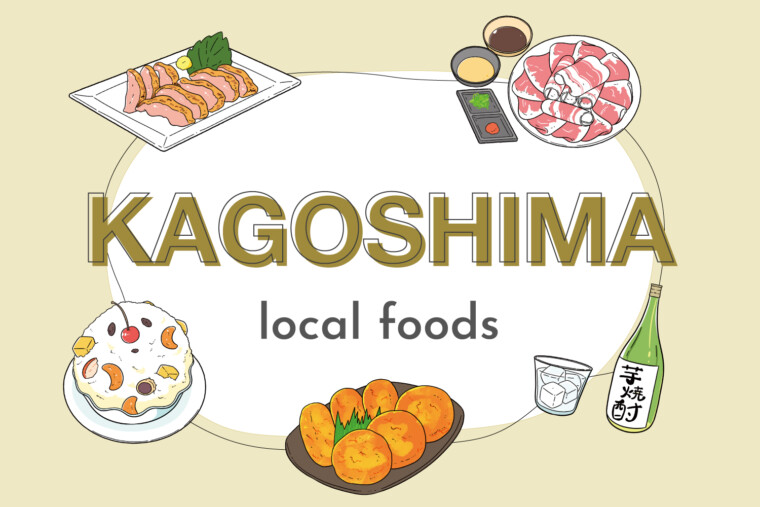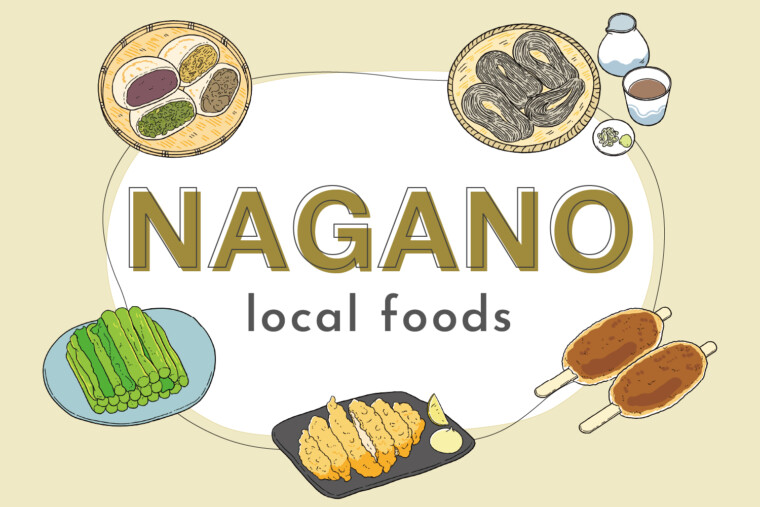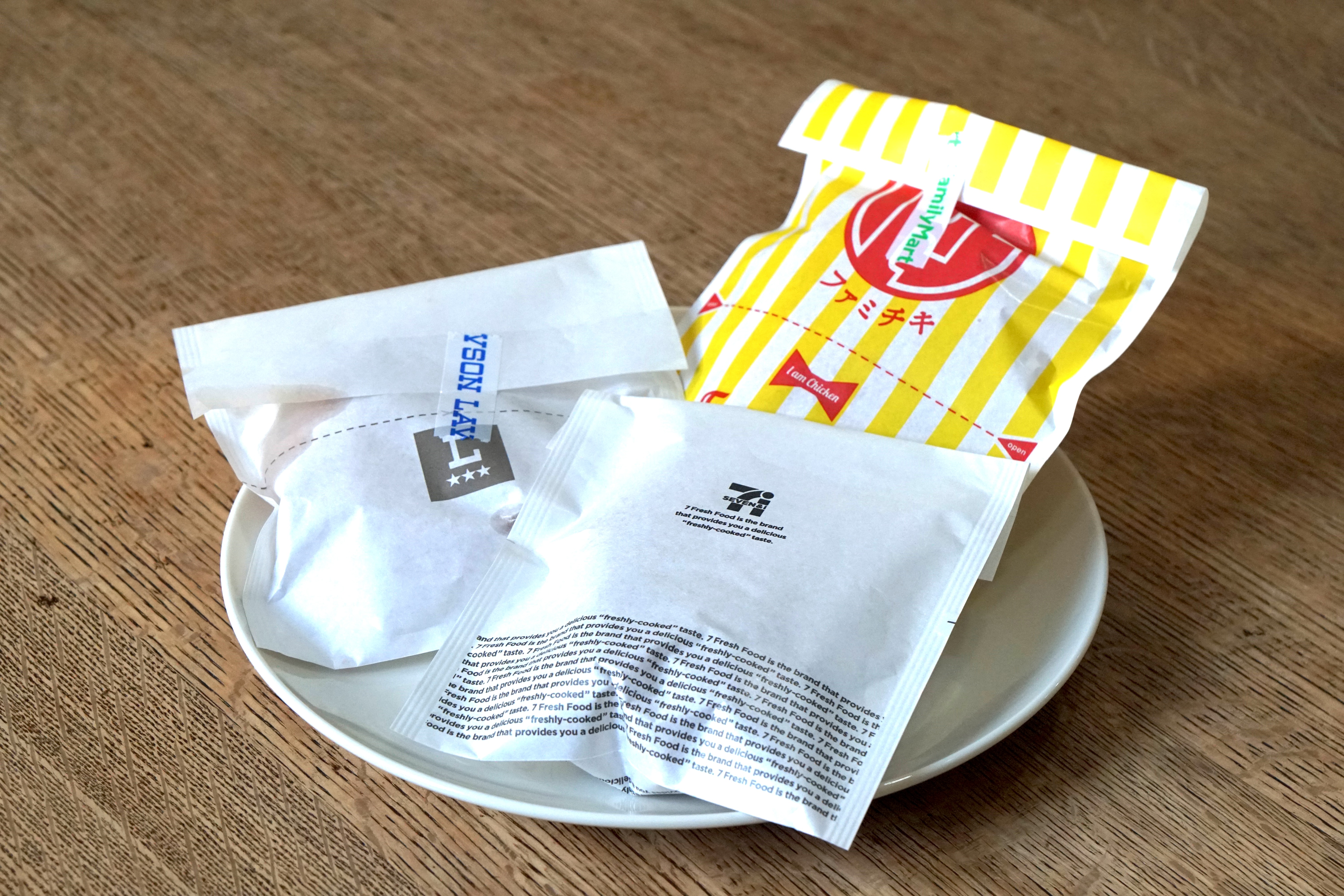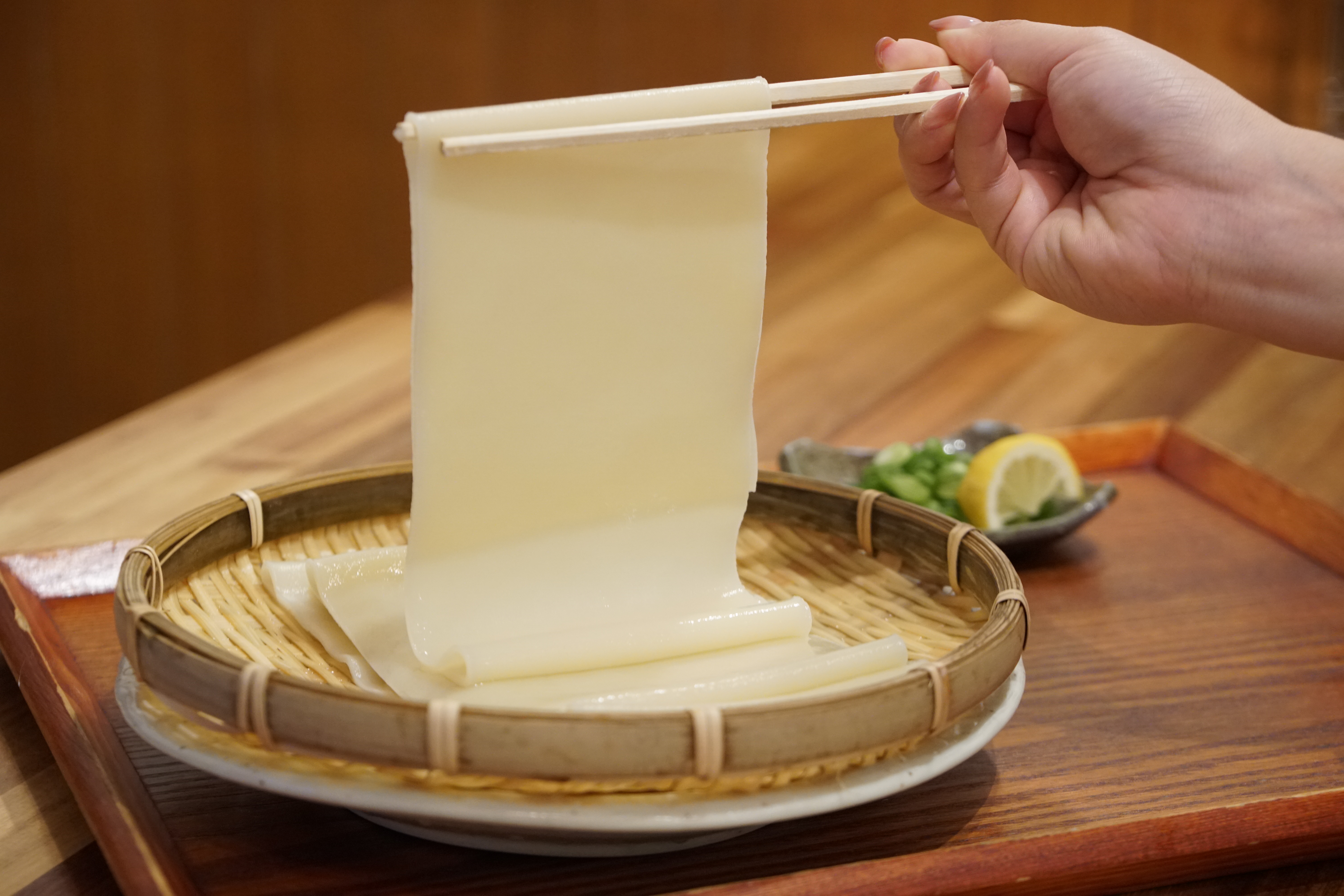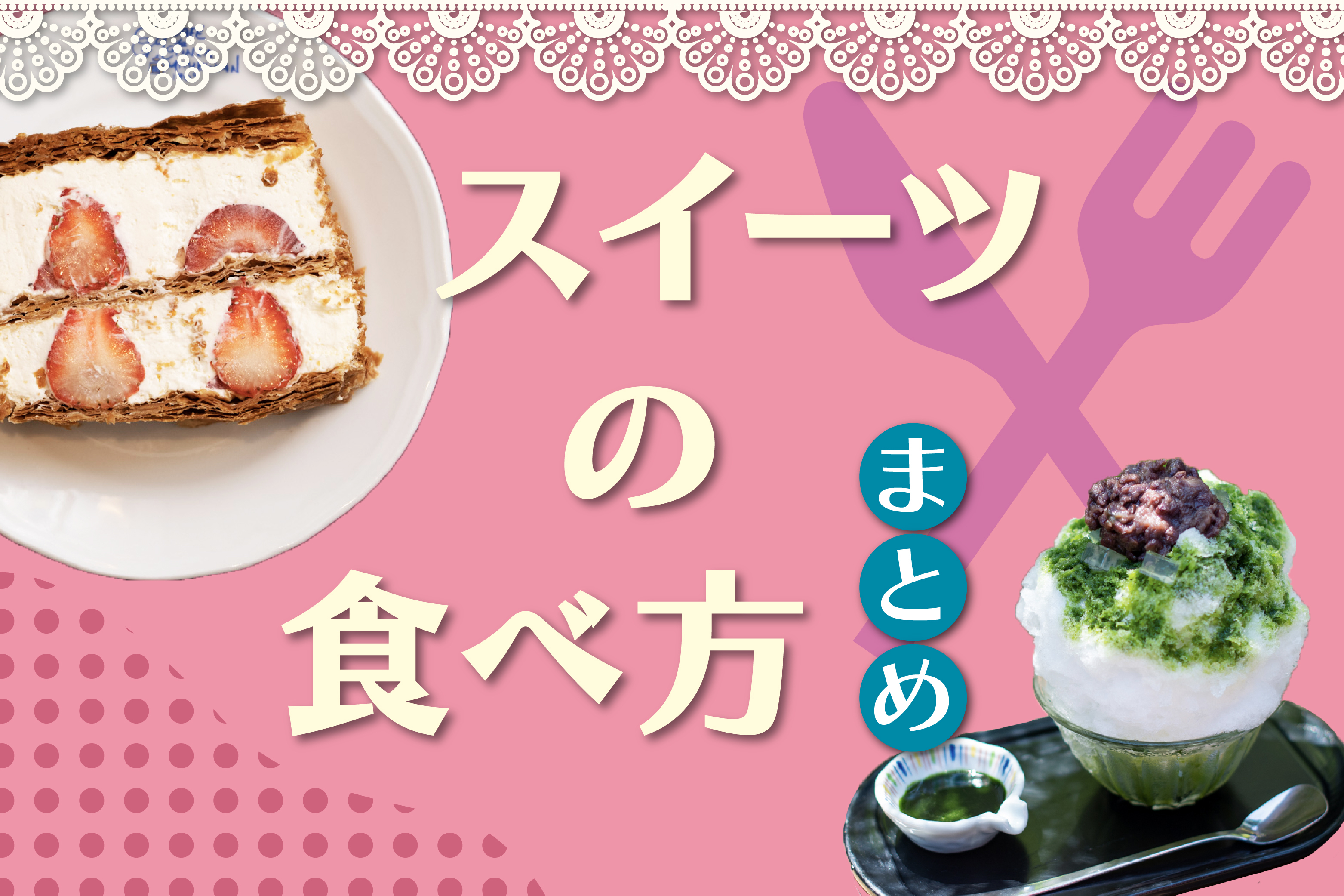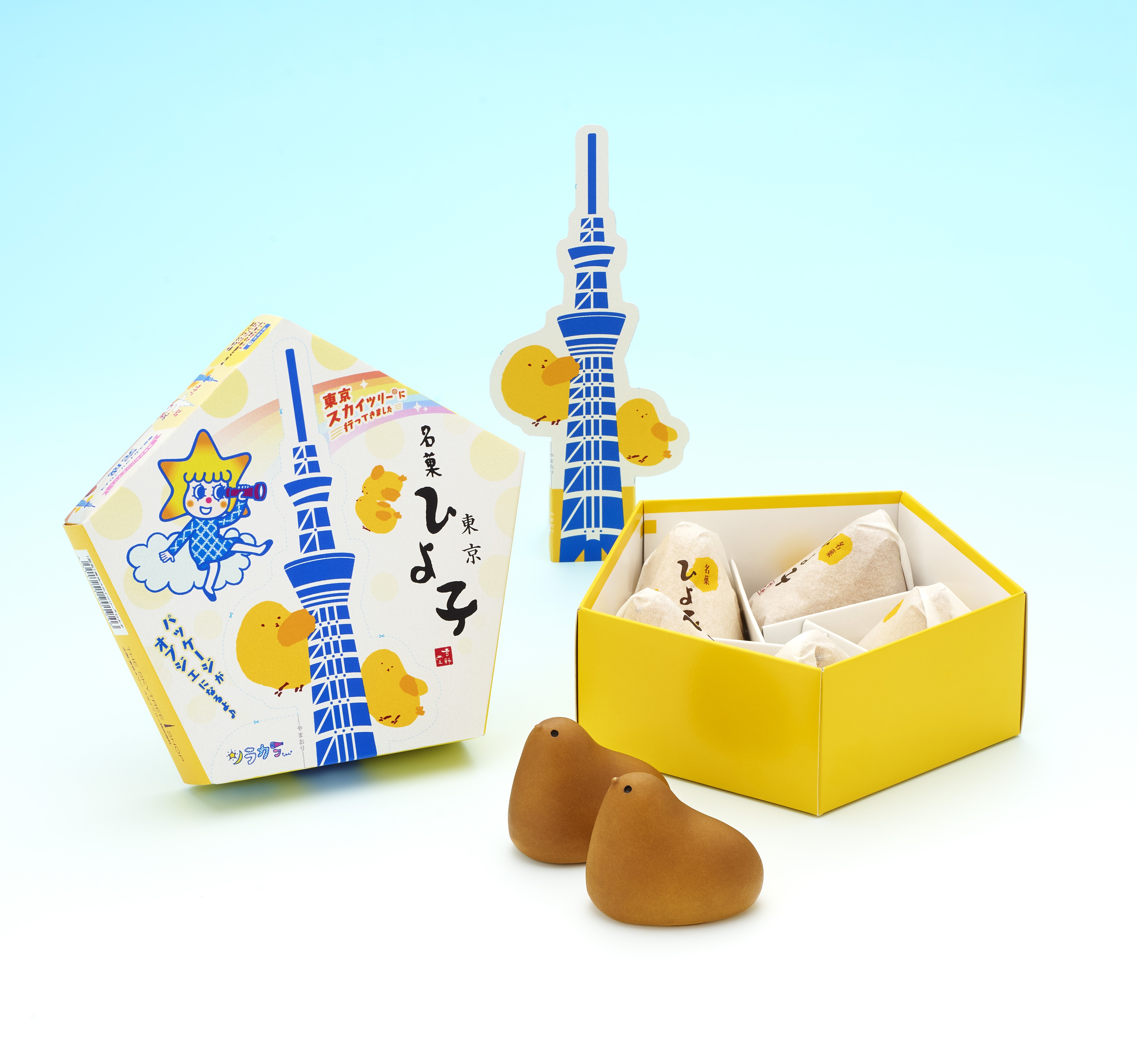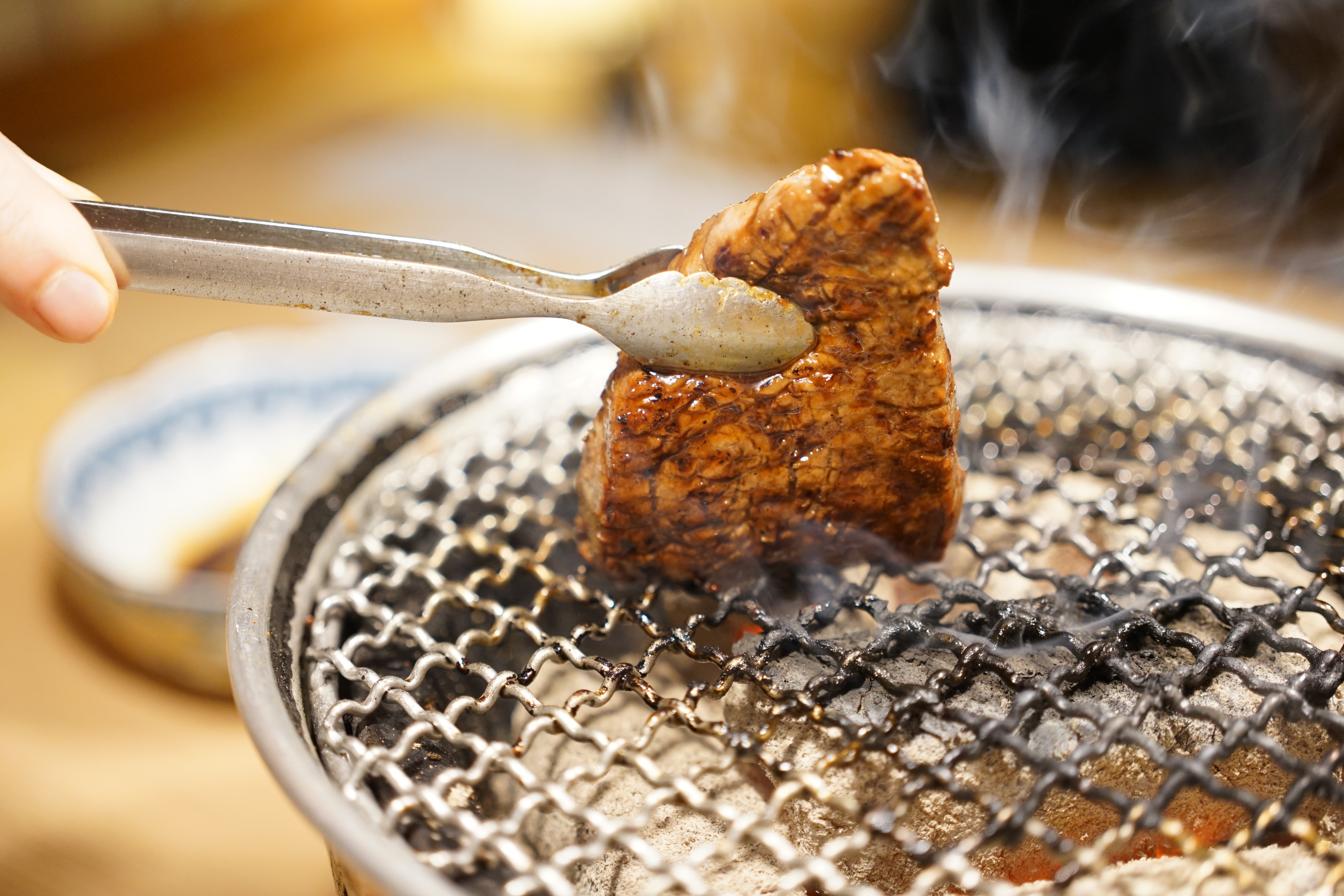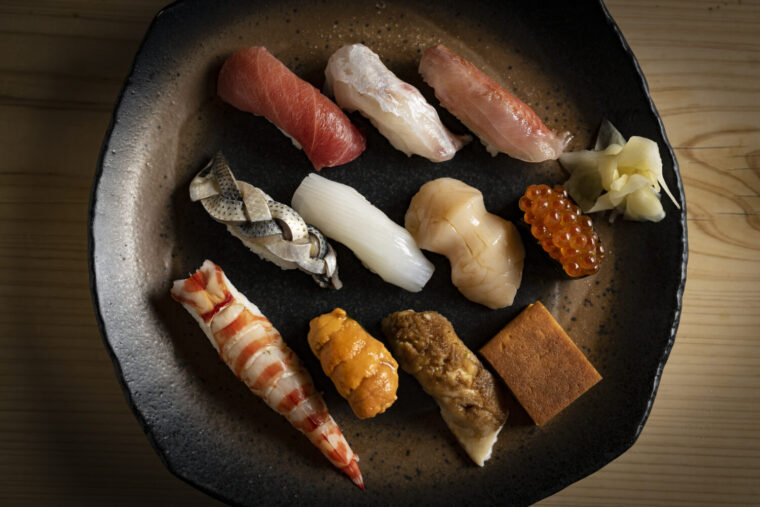Nihonshu specifically refers to Japanese sake. This versatile beverage pairs well with most any kind of cuisine. With varieties such as sparkling sake, junmaishu which can be served warm, and ginjoshu which is served chilled, a true diversity of flavors and drinking experiences can be found. We’ve asked a specialty sake store for some advice to beginners about the smart way to enjoy Japan’s traditional liquor.
share:
Table of Contents
Learn the nihonshu basics
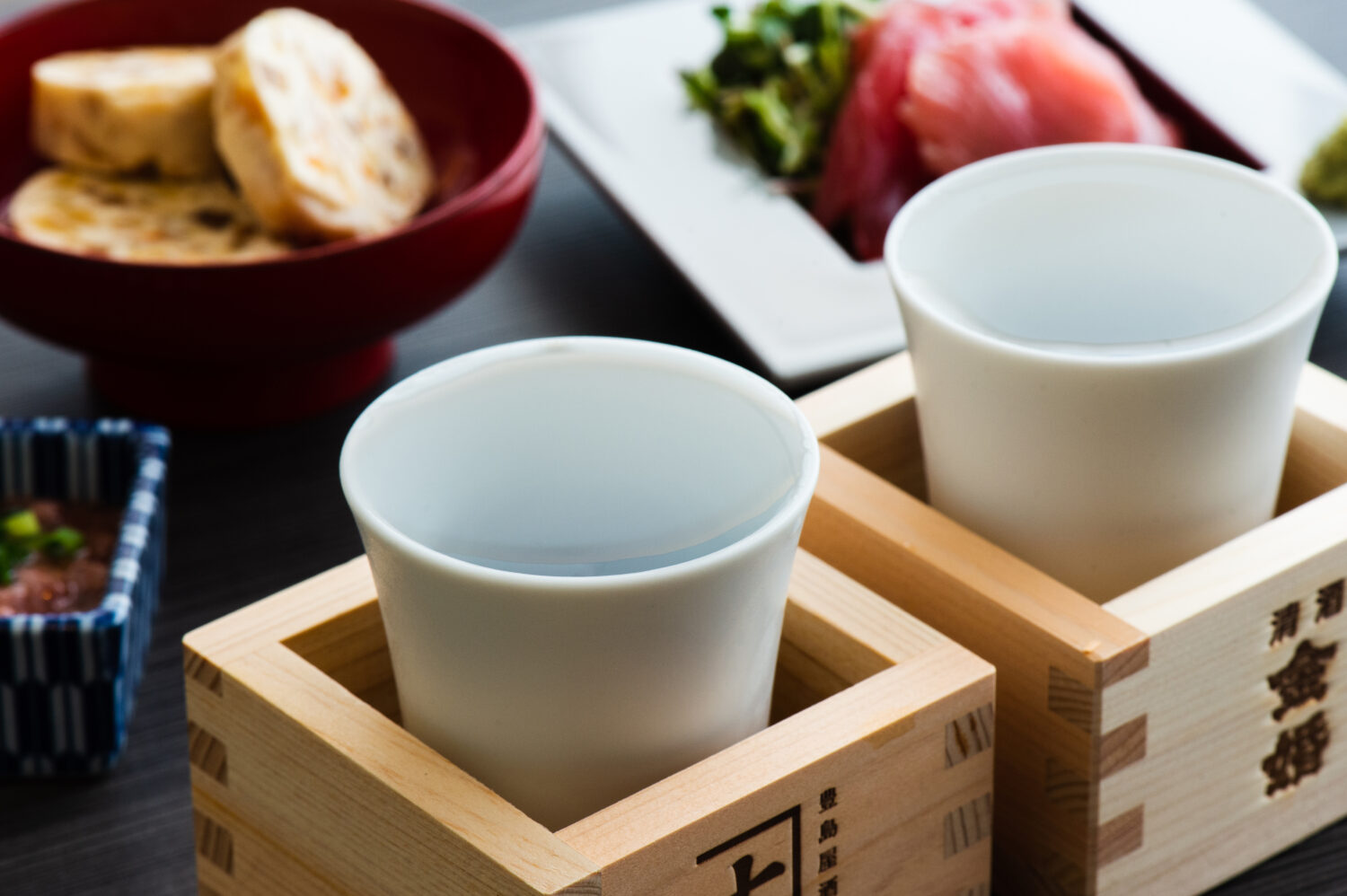
While nihonshu is often termed to be amakuchi (sweet) or karakuchi (dry), its flavor changes with temperature. In essence, our sensory experience depends on fragrance and flavor.
Fragrance can be elaborate or subtle, and flavor can be light or full-bodied. Consider these four characteristics as you look for nihonshu to suit your palate.
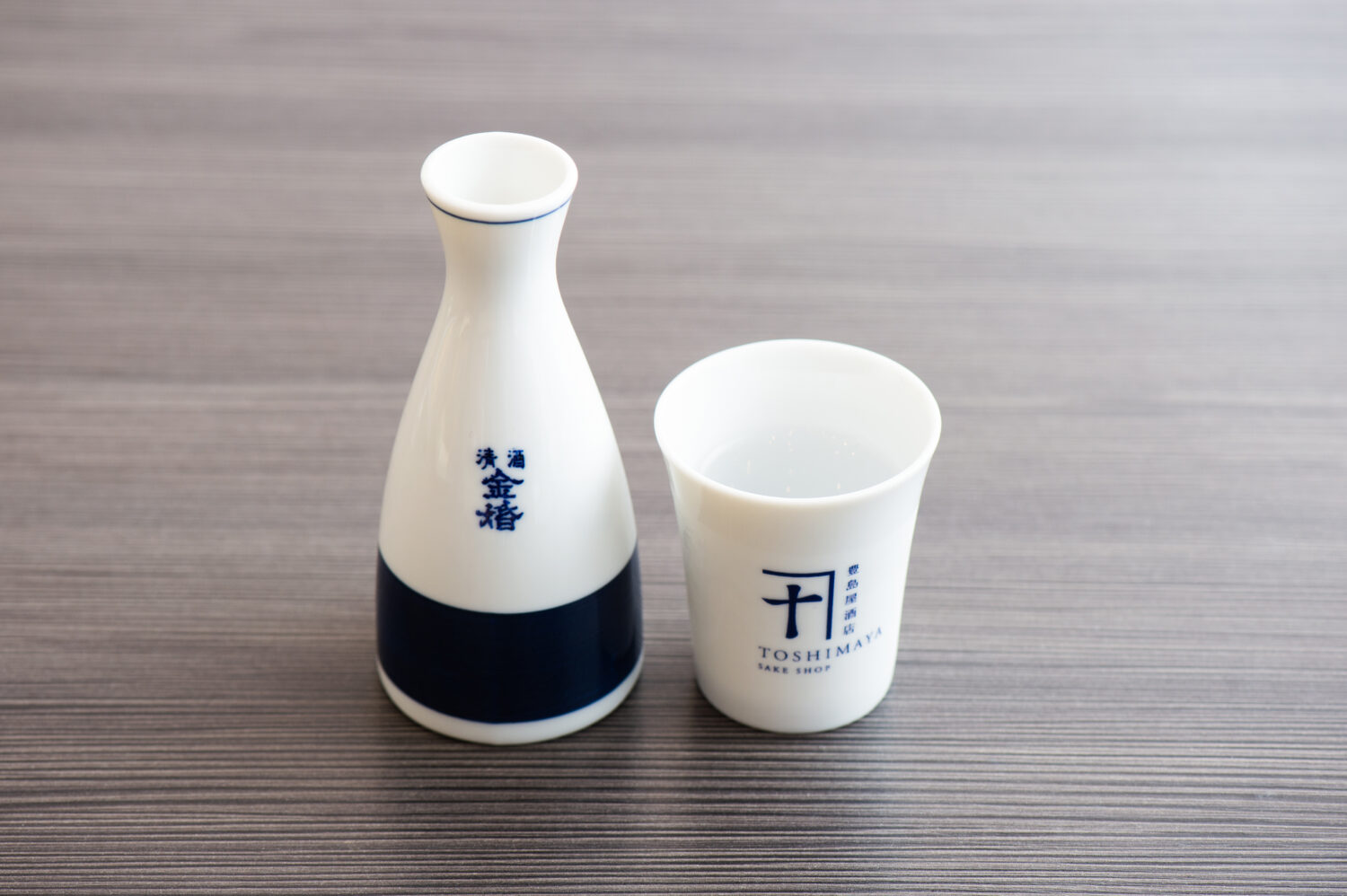

Flavor will change with temperature, so ask the store staff to recommend a nihonshu that can be enjoyed as kanshu (warmed sake) – this would be a rich and strong sake with depth of flavor, which will allow you to enjoy the differences between serving as hiya (unwarmed) and kan (warmed).
Types of Nihonshu
大吟醸 daiginjo
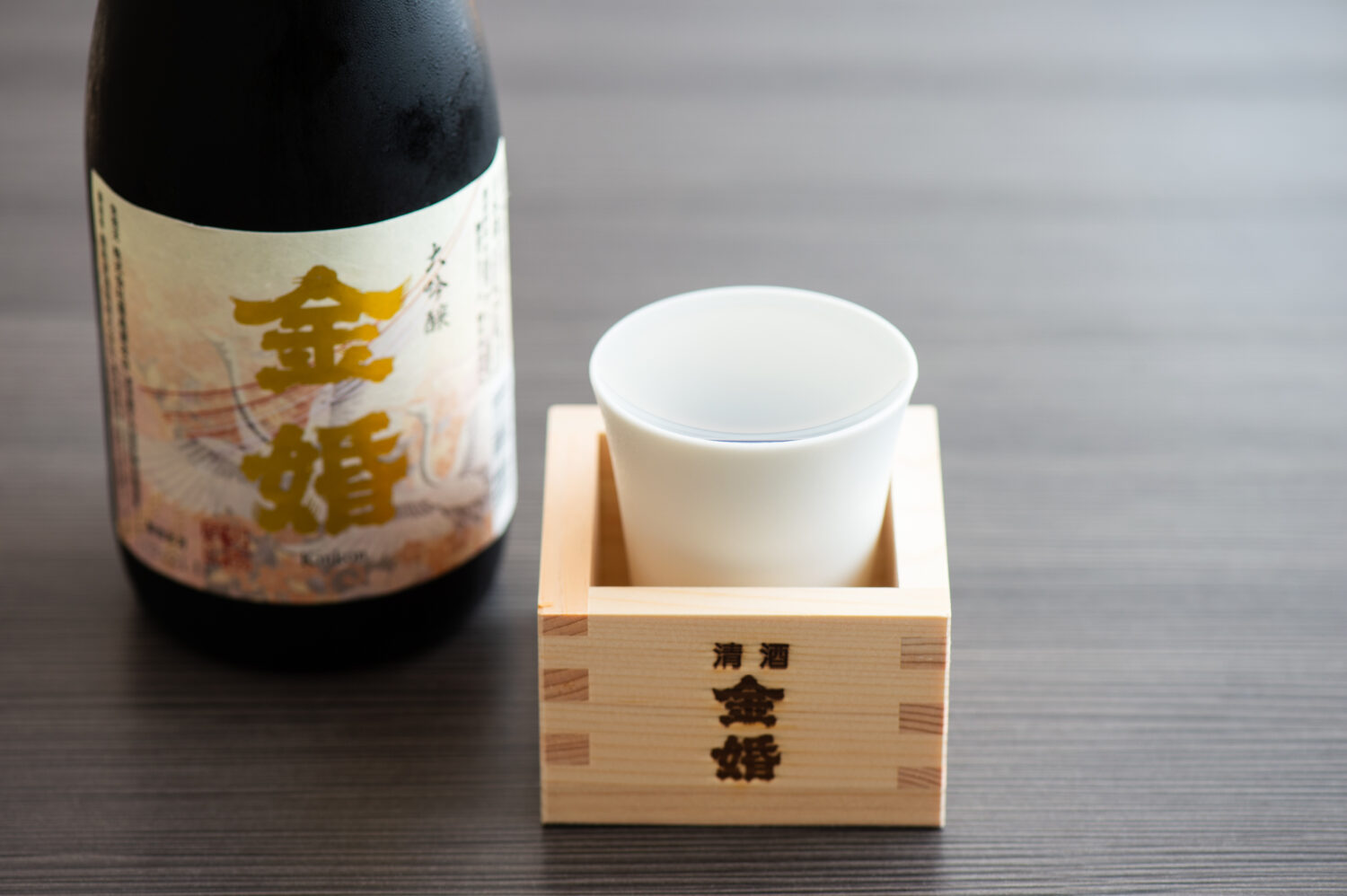
Nihonshu with a rice polishing ratio* of 50% or lower. The classification of junmai daiginjo further requires that no alcohol is added. Daiginjo is one of the classifications of production methods, and does not in itself indicate flavor.
*Seimai buai (rice polishing ratio): the amount of polished rice compared to the amount of brown rice before polishing. A rice polishing ratio of 60% means that 40% of the brown rice has been polished away.
純米酒 junmaishu
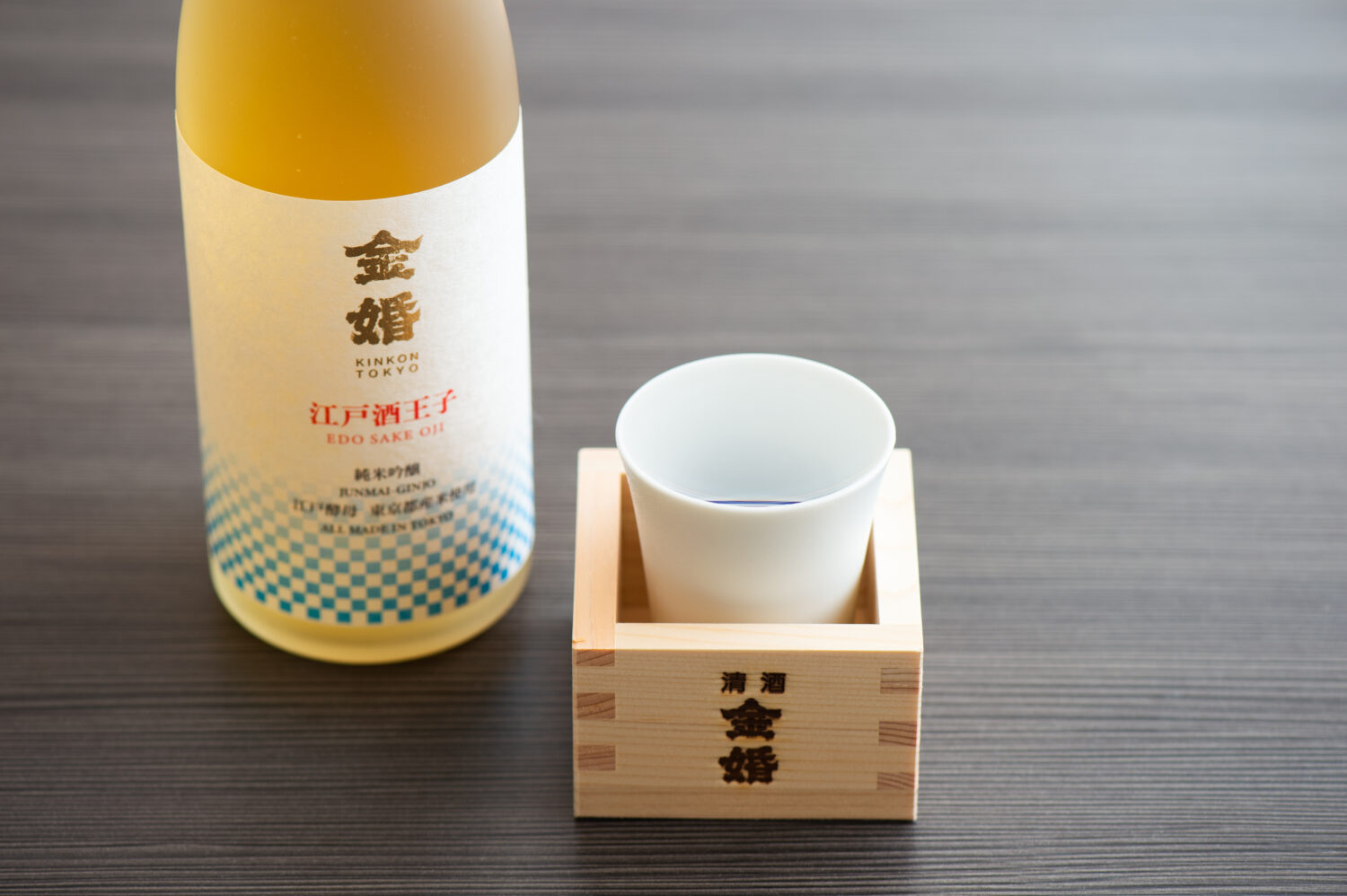
Junmaishu refers to sake made only of rice and komekoji (malted rice). Once again, this is one of the classification of production methods. It was formerly required for the rice polishing ratio to be 70% or lower, however, this is no longer the case.
無濾過 muroka
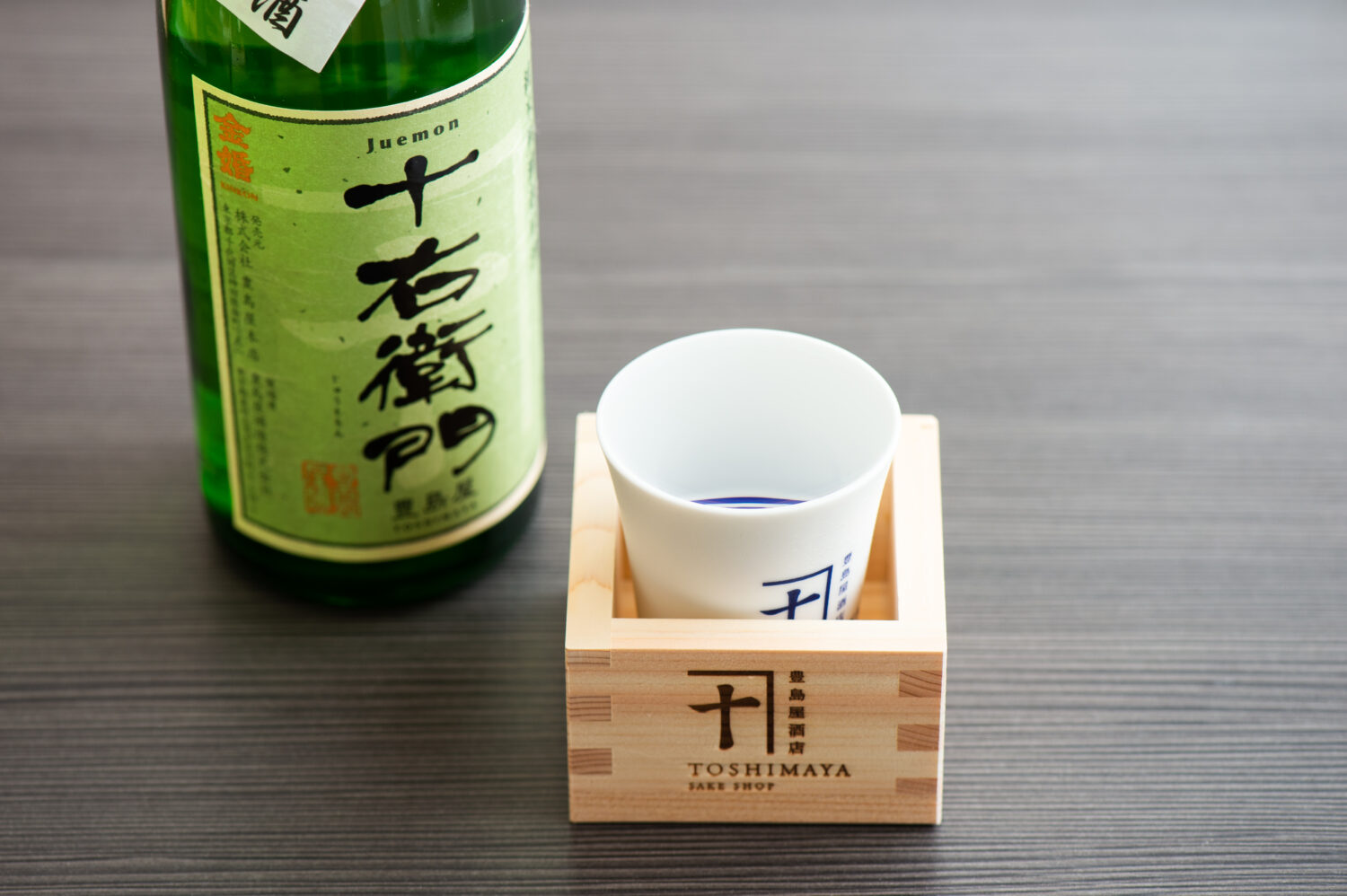
Roka, or filtration, is used to remove unwanted flavors and improve the balance of fragrance in sake. Muroka refers to sake made without any filtration. Long ago, muroka sake was highly prized and could only be enjoyed at breweries, but recently, it has become more commonplace.
スパークリング Sparkling
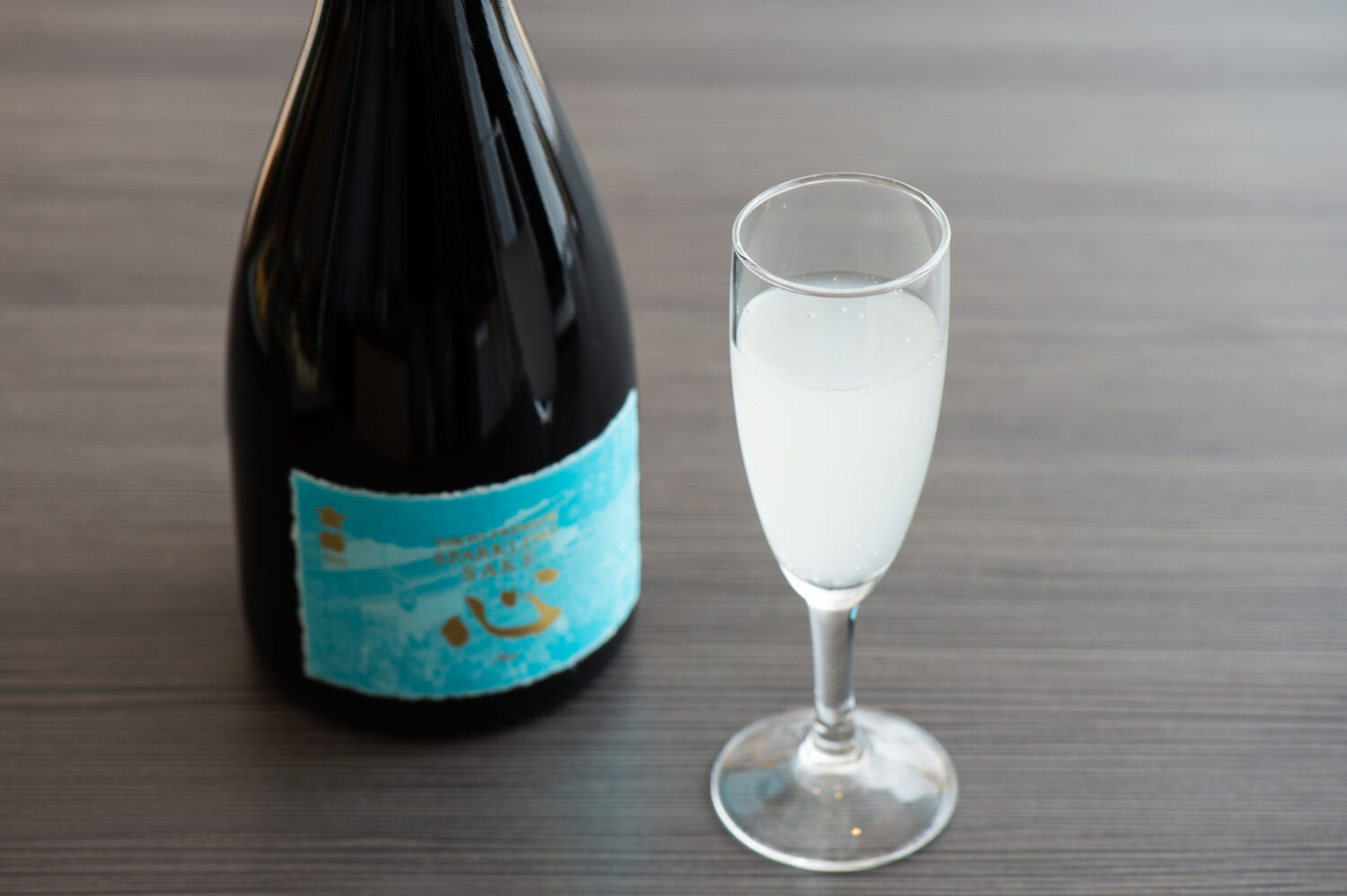
This nihonshu is characterized by a fine foam that develops in the bottle, creating a fresh mouthfeel similar to champagne. It may be referred to with the English loanword “sparkling”, or called happo nihonshu. It may also be produced by injecting carbon dioxide into finished sake.
三段仕込 sandan jikomi
A standard method for brewing nihonshu that involves three separate fermentation stages. Adding more rice and fermenting further can produce four-stage yondan jikomi or five-stage godan jikomi. Increasing the number of fermentation stages adds sweetness and savoriness.
本醸造酒 honjo zoshu
One of the classifications by production process. The ratio of fermentation alcohol amount to total amount must be 10% or less, and a rice polishing ratio of 70% or less is required. Many such nihonshu are described as having tanrei flavor profiles: smooth and light, with a clean finish.
原酒 genshu
Ordinarily, water is added to finished sake, to adjust the alcohol content to 15-16%. This step is omitted in genshu production. The resulting sake is higher in alcohol content and tends to be more full-bodied in flavor.
貯蔵 chozo
Chozo refers to the aging of finished nihonshu. Generally, this aging period is about six months to a year. Nihonshu that is further aged develops mellow, mild flavor characteristics.
Lean about methods of drinking nihonshu
冷酒 reishu
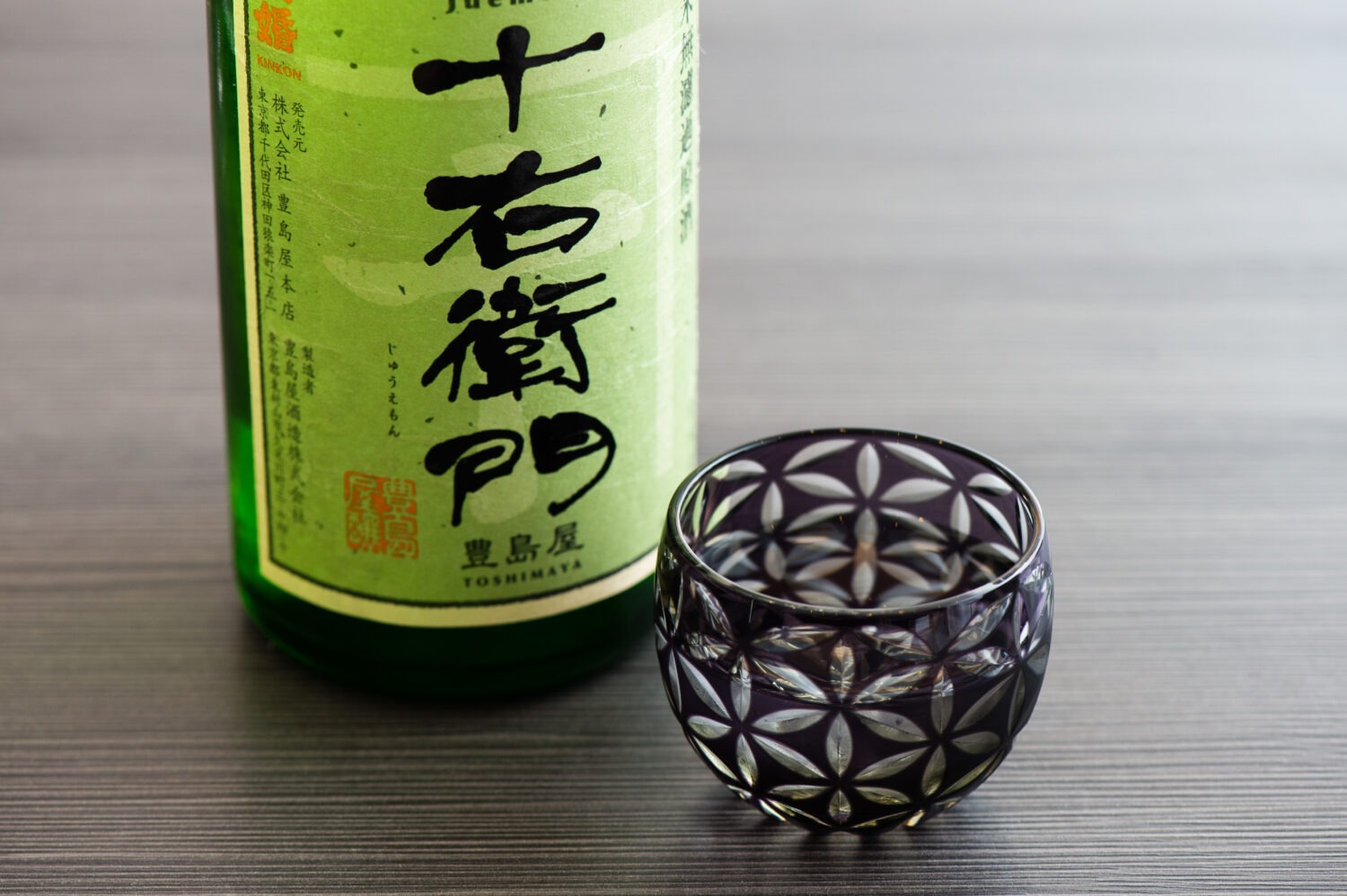
Sake that is chilled in a refrigerator or by other methods is called reishu. Nihonshu such as daiginjo or ginjoshu, which have clean, crisp flavors and elaborate fragrances, are often served as reishu to emphasize the refreshing characteristics of their fragrances.
常温 jo-on
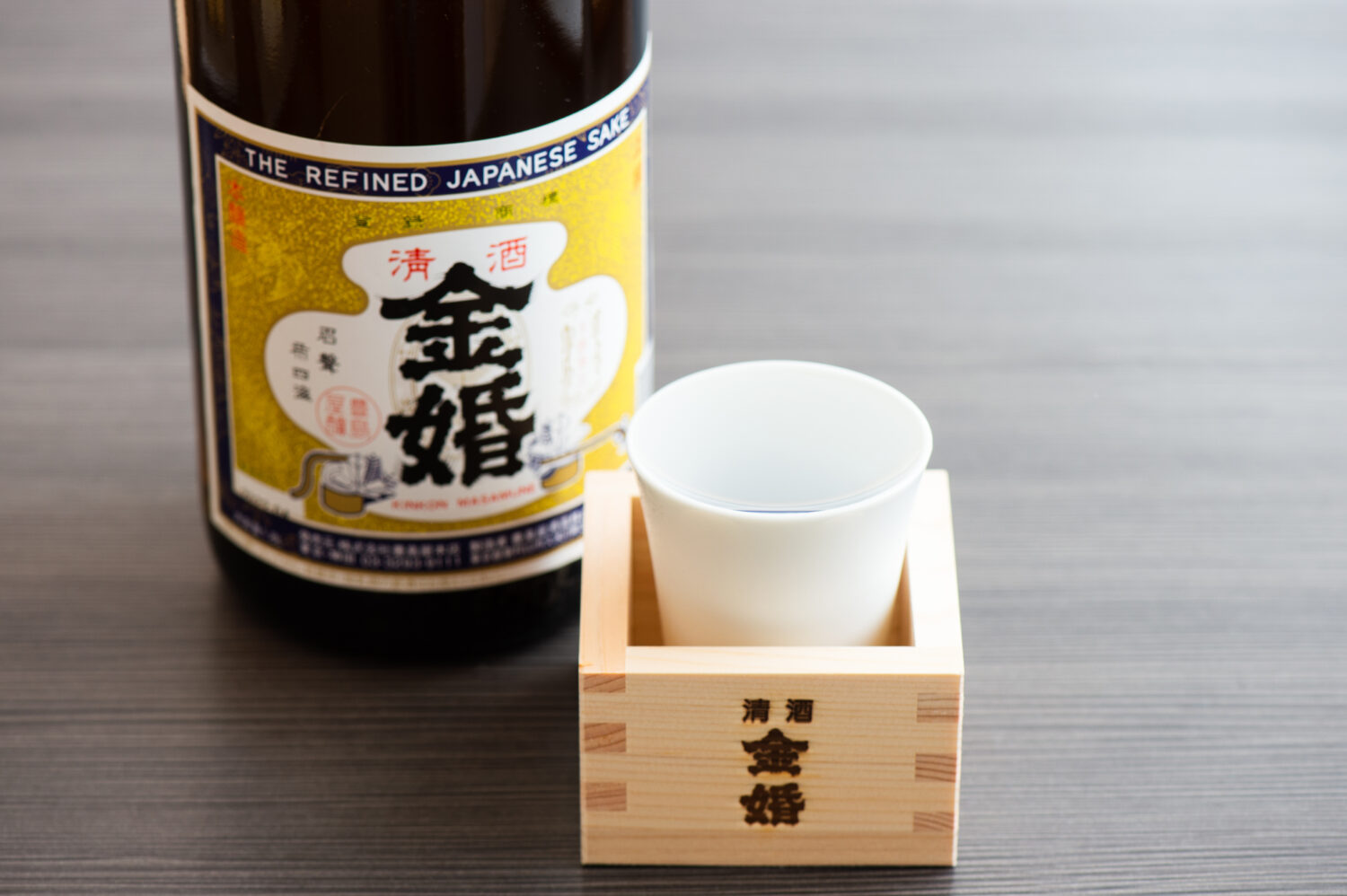
Jo-on is a serving temperature of between 20 and 26 °C, and is ideal for appreciating the true flavors of a nihonshu. Any off flavors will also be pronounced, so this temperature is best suited for more cleanly-flavored nihonshu such as tokubetsu junmaishu and junmai ginjo.
ぬる燗 nuru-kan
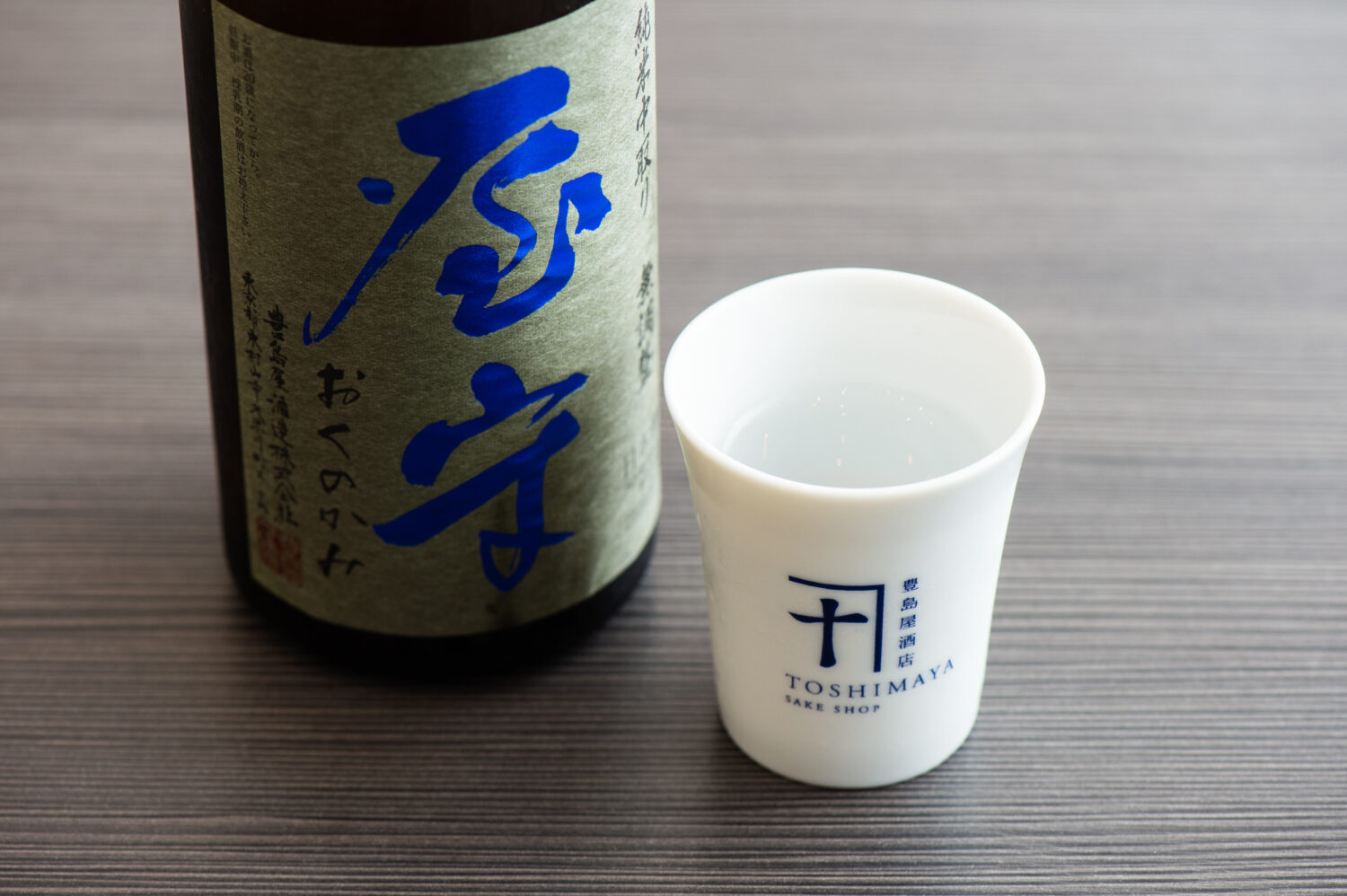
Serving temperatures for warmed nihonshu are named depending on the temperature range. Around 30 °C is called hinata-kan (literally, “sunshine warmth”), around 35 °C is called hitohada-kan (literally, “human skin warmth”), around 40 °C is called nuru-kan (“lukewarm”), and around 45 °C is called jo-kan (“well-warmed”). For serving at nuru-kan, junmai ginjo is recommended, as this temperature is thought to best bring out the fragrance of nihonshu.
熱燗 atsu-kan
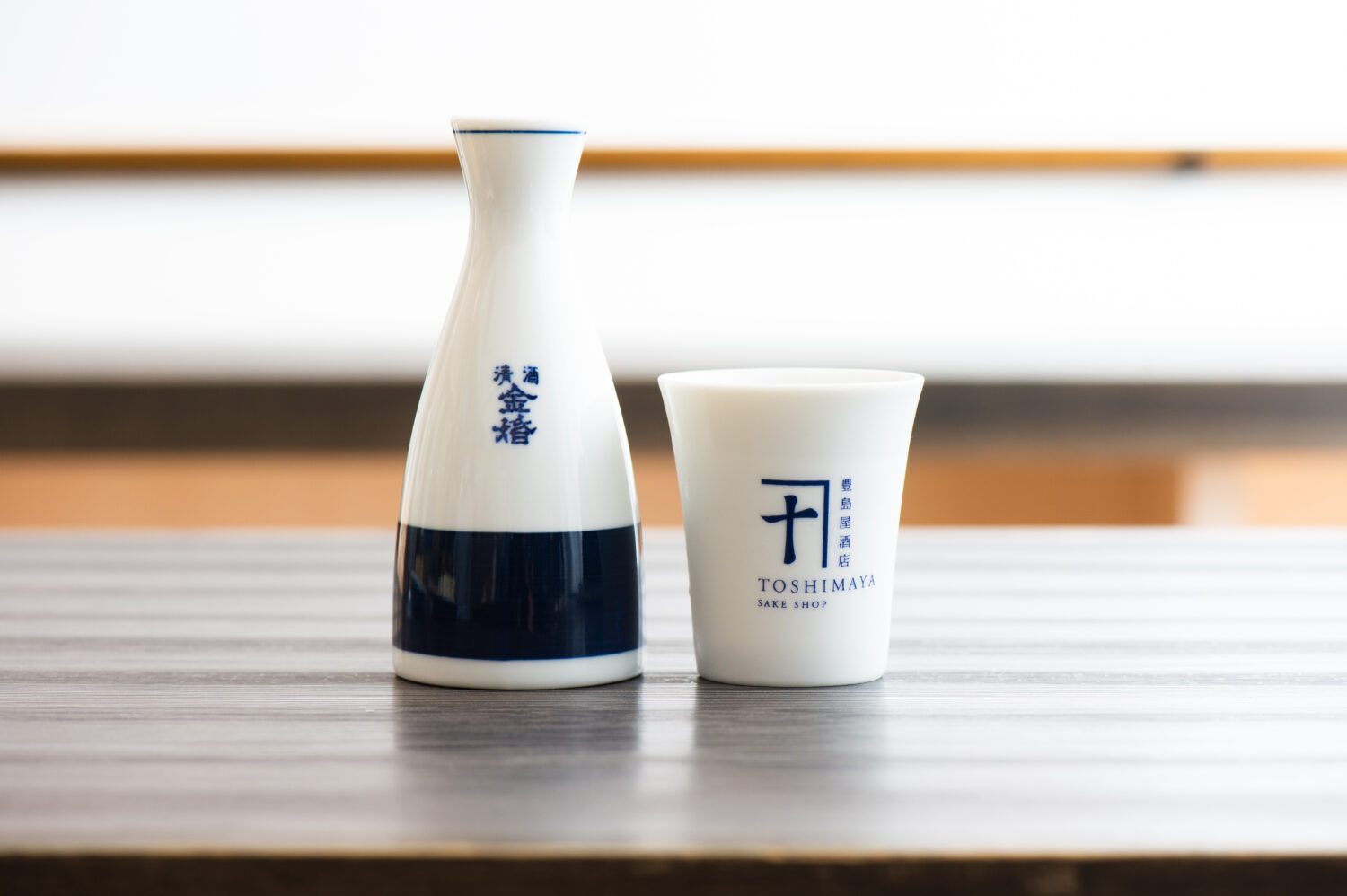
Nihonshu heated to around 50 °C is referred to as atsu-kan (hot). Boldly-flavored nihonshu which feature strong savoriness and acidity are best suited to atsu-kan. Junmaishu and honjo zoshu are two examples. Nihonshu with high acidity is ideal for serving warm. Full-bodied nihonshu are also well-suited to warming.
Different flavors and fragrances may be appreciated from the same nihonshu depending on its serving temperature, broadening opportunities for enjoyment. The ability to be appreciated at a wide range of temperatures is quite rare among alcoholic beverages worldwide, setting nihonshu apart.
Food to accompany nihonshu
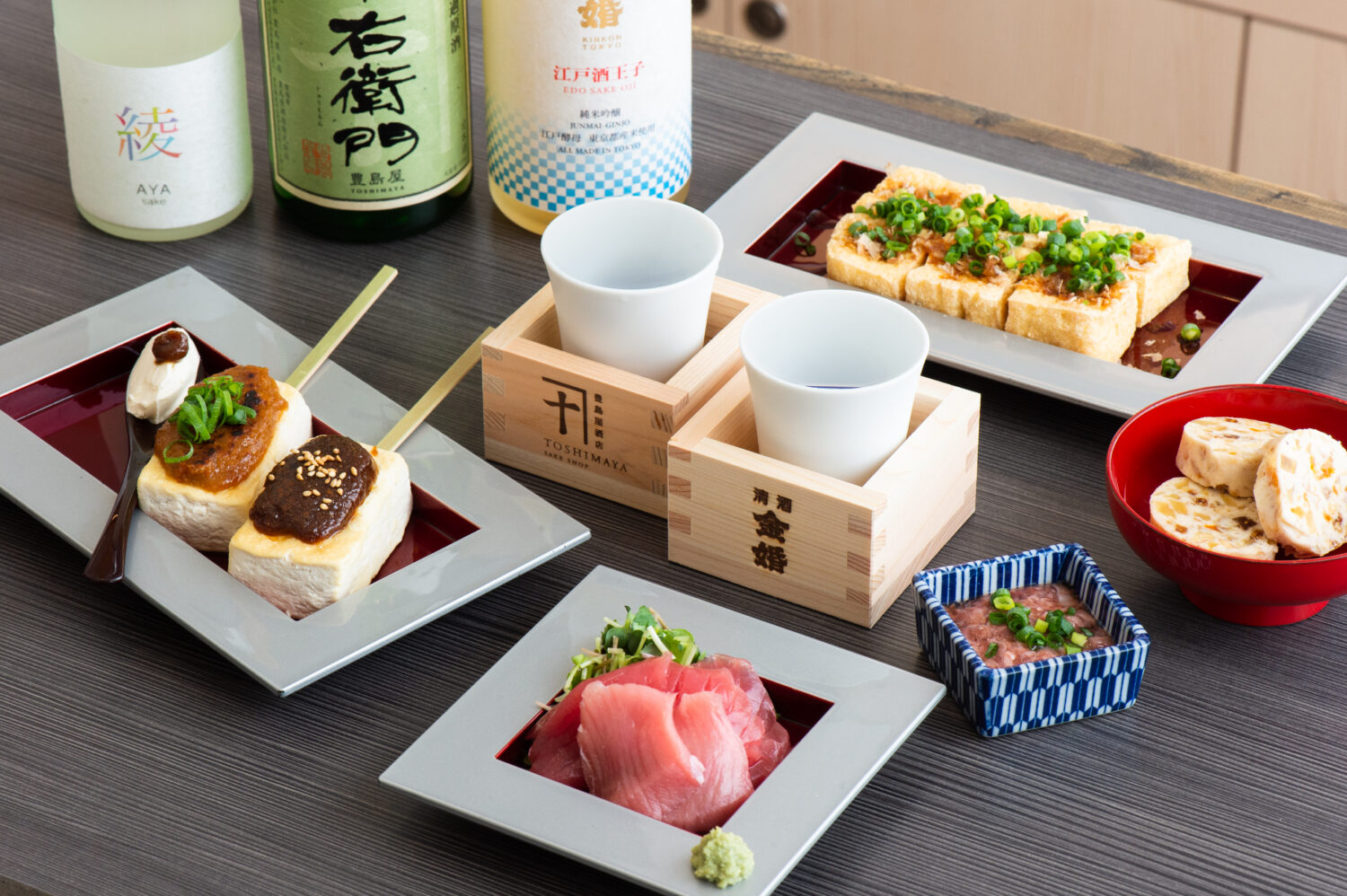
In general, match reishu with cold dishes, and atsukan with warm dishes. You cannot go wrong by matching nihonshu characteristics with food flavors – pair amakuchi (sweet) with sweet-tasting foods, tanrei (smooth, light) with lighter or fresh-tasting flavors, and full-bodied nihonshu with well-seasoned dishes.
Bluefin Tuna Sashimi 本マグロ刺身 honmaguro sashimi
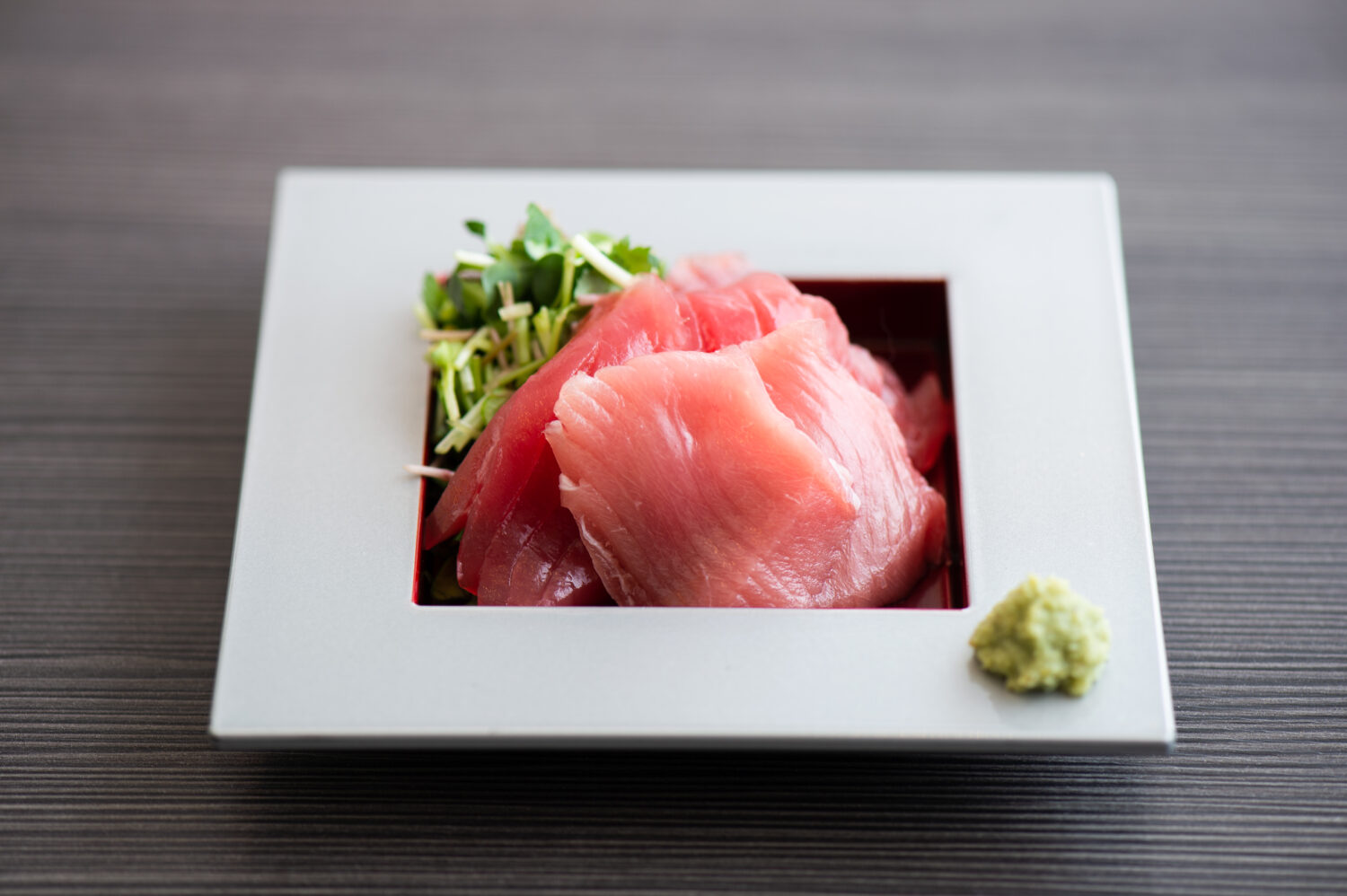
Honmaguro (bluefin tuna) sashimi is a beloved food in Japan, and a standard pairing with nihonshu. Fatty and rich fish is best matched with boldly-flavored nihonshu – consider atsu-kan or junmaishu. On the other hand, for lighter-tasting white-fleshed fish, try a light, crisp nihonshu.
Deep-fried Tofu 厚揚げ atsuage
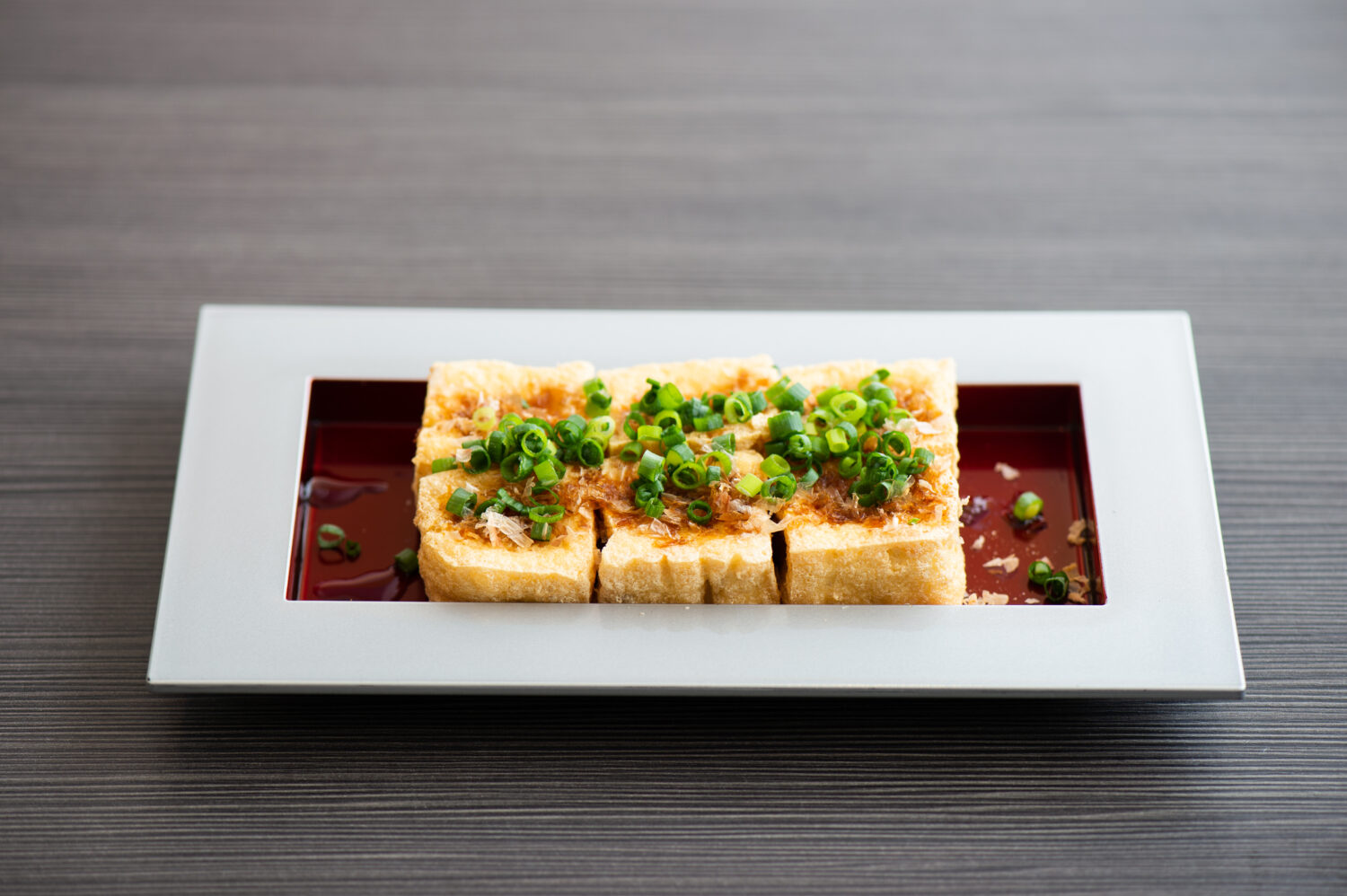
Atsuage is a dish of deep-fried tofu. As it is somewhat oily, it will be well matched by a full-bodied nihonshu, or one served as atsu-kan. In particular, atsu-kan will cleanse the palate of oil, allowing the next dish to be better appreciated. Junmaishu and junmai ginjo are also recommended.
Salted and Fermented Fish Organs 酒盗 shuto
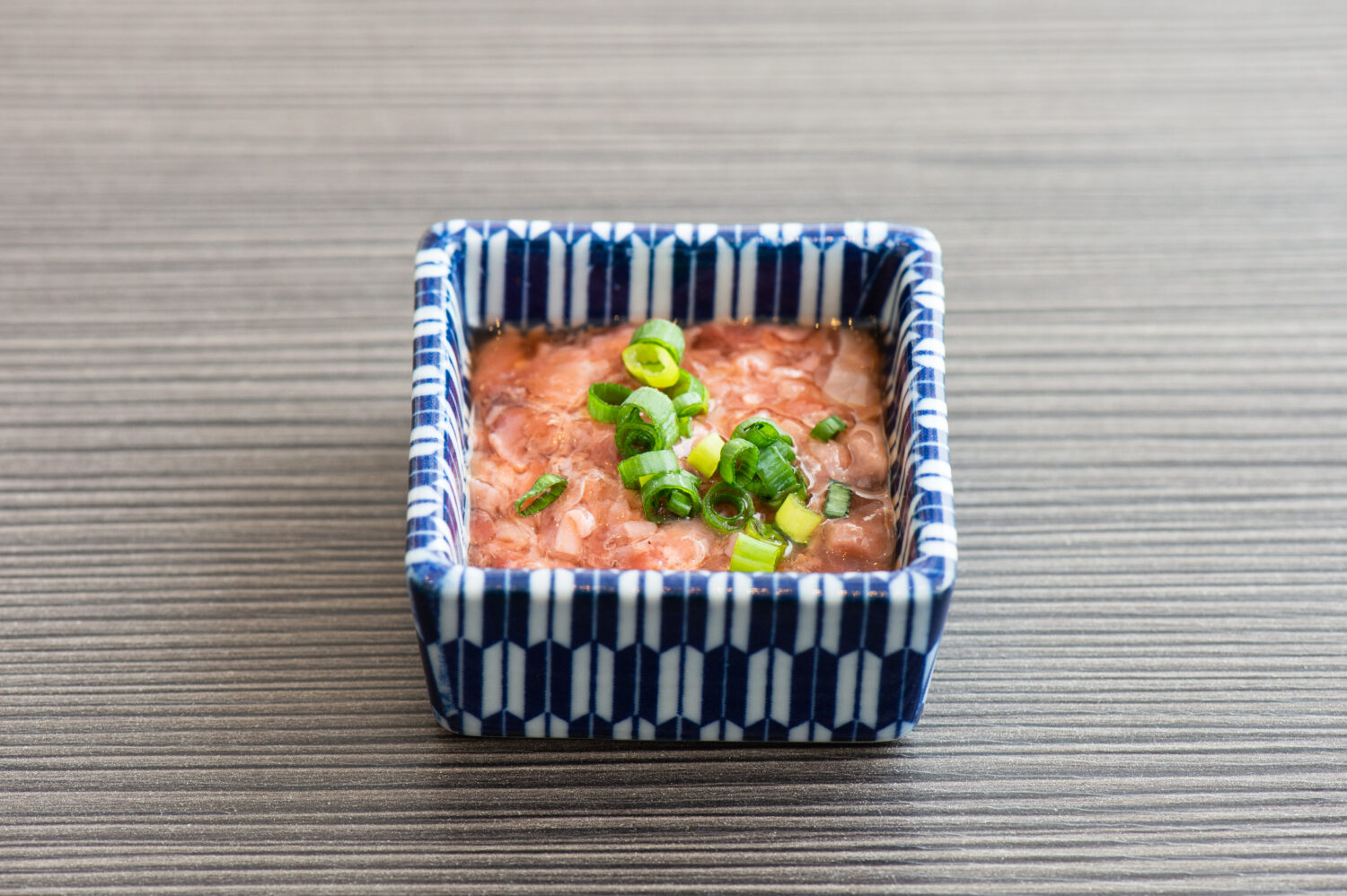
Shuto is a type of shiokara (salted and fermented seafood organs), typically made from fish such as katsuo (bonito) or maguro (tuna). The name of this dish comprises the kanji shu (sake) and to (to steal), and is thought to be so named because it can cause sake to disappear from your glass! Shuto is a common accompaniment to all types of sake.
Tofu with Miso Paste 田楽 dengaku
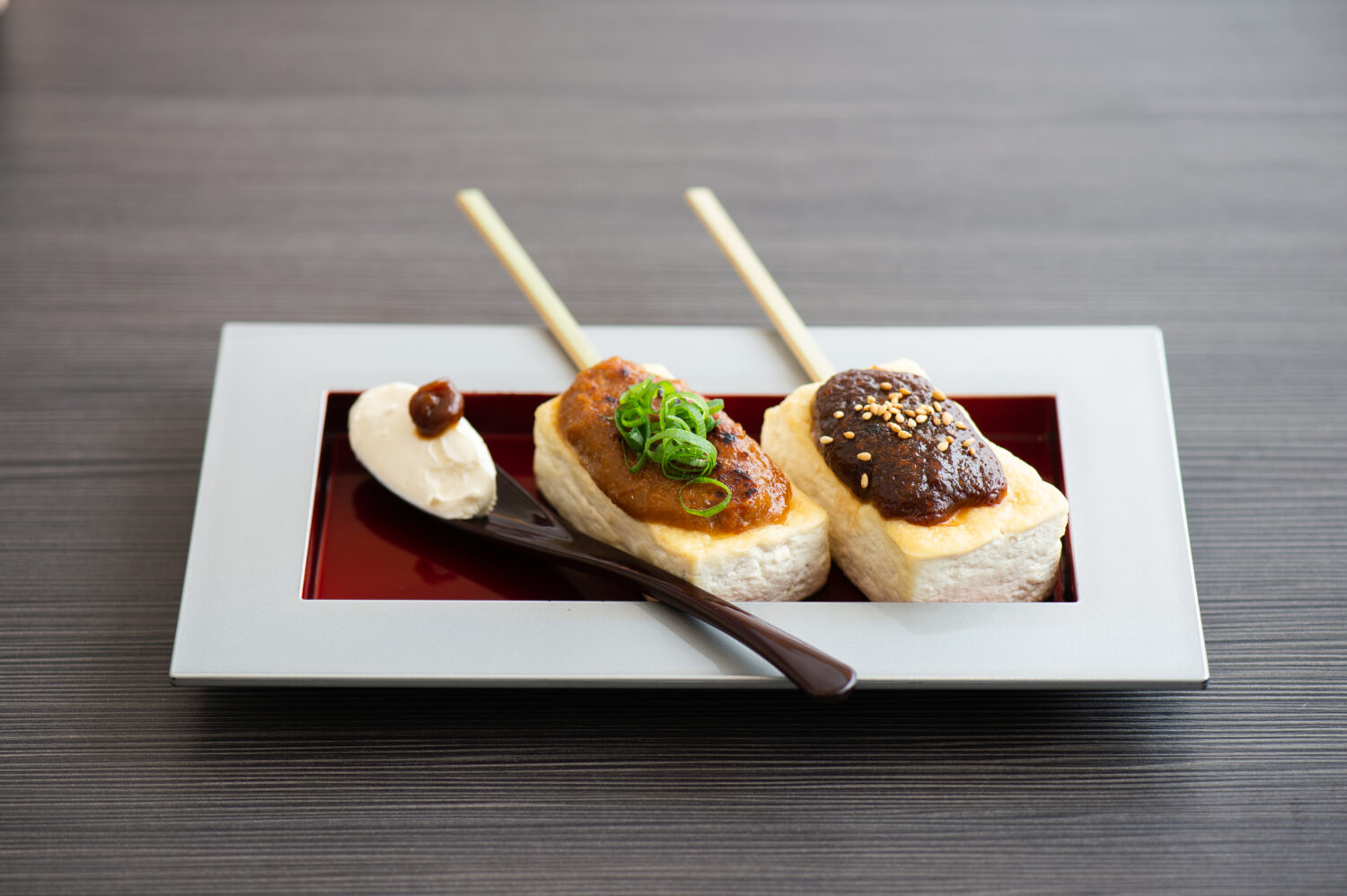
Dengaku is a dish of tofu slathered in miso paste – a fast food dating back to the Edo period. At Toshimaya Honten, this dish is served using fresh tofu from a long-established local Kanda store, dressed with miso from a time-honored maker that uses techniques passed down from the Edo period! The sweetness of the miso whets the appetite – and is perfectly complimented by a junmaishu.
Experience the breadth of ways to appreciate nihonshu!
Tasting Flights 飲み比べセット nomikurabe sets
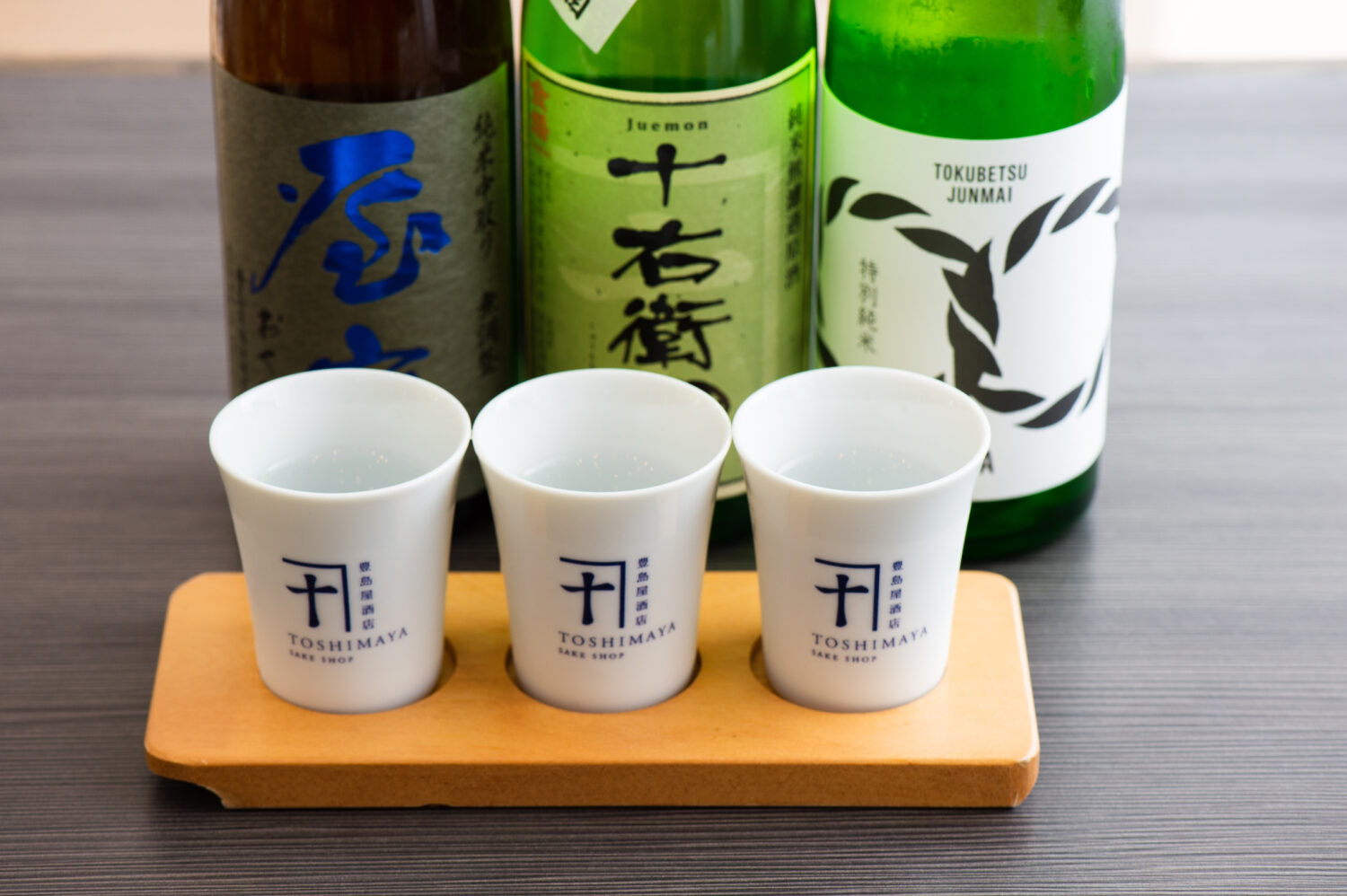
Many Japanese izakaya (traditional-style pubs) and tachi-nomiya (standing bars) offer sets of small servings of different varieties of nihonshu, allowing you to compare flavors, and find a nihonshu that is a perfect match for your palate. Tell your server what sort of nihonshu you prefer, and ask them for recommendations.
Enjoy the beauty of shuki (sake cups)
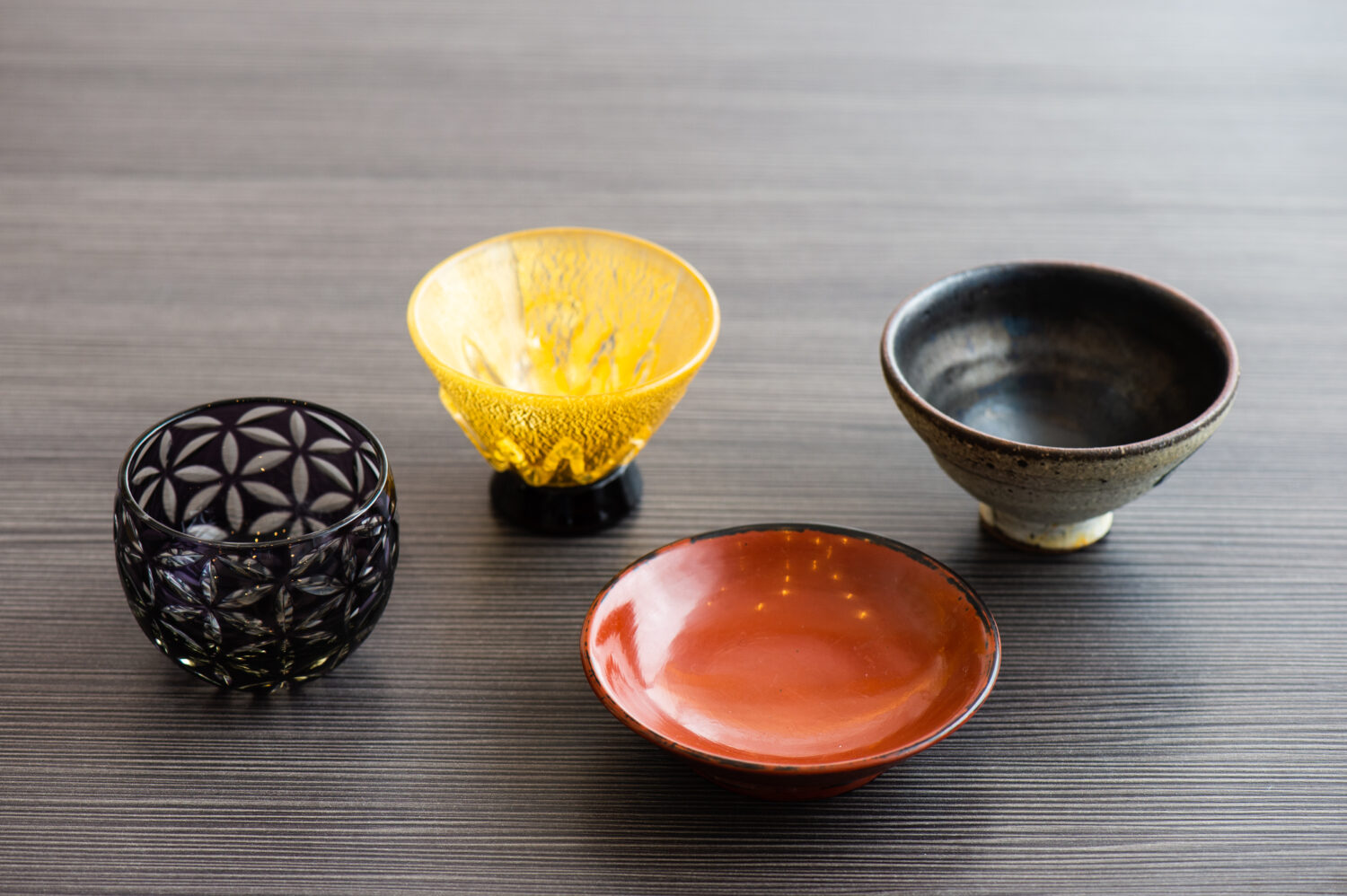
Depending upon the selection of shuki (sake cup), factors such as lip contact angle, and which portion of the tongue is first exposed to the sake, will affect the flavor and drinking experience. For a delicate sake, consider a glass or porcelain cup. A bold junmai might be best enjoyed from an earthenware cup. Many shuki feature traditional Japanese artisanry, such as Edo kiriko faceted glass, urushi lacquer, and Japanese ceramics. Some venues offer you the choice of choko (another word for sake cup) from a variety of options.
What did you think about these nihonshu basics? There is no need to over-think your next nihonshu experience, but I hope that learning about nihonshu will deepen your appreciation and enjoyment.
This sake shop traces its roots to a liquor store with a drinking space that was established in 1596, some 420 years ago, near what is now the Kanda Bridge. As Tokyo’s oldest liquor store, it is thought that Japan’s heritage of izakaya (traditional-style pubs) is connected to Toshimaya Honten.
*The information is based on the time of reporting or creation, and may differ from the current situation.
share:







